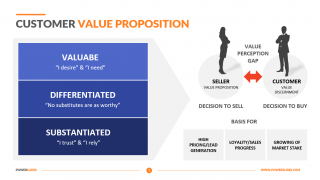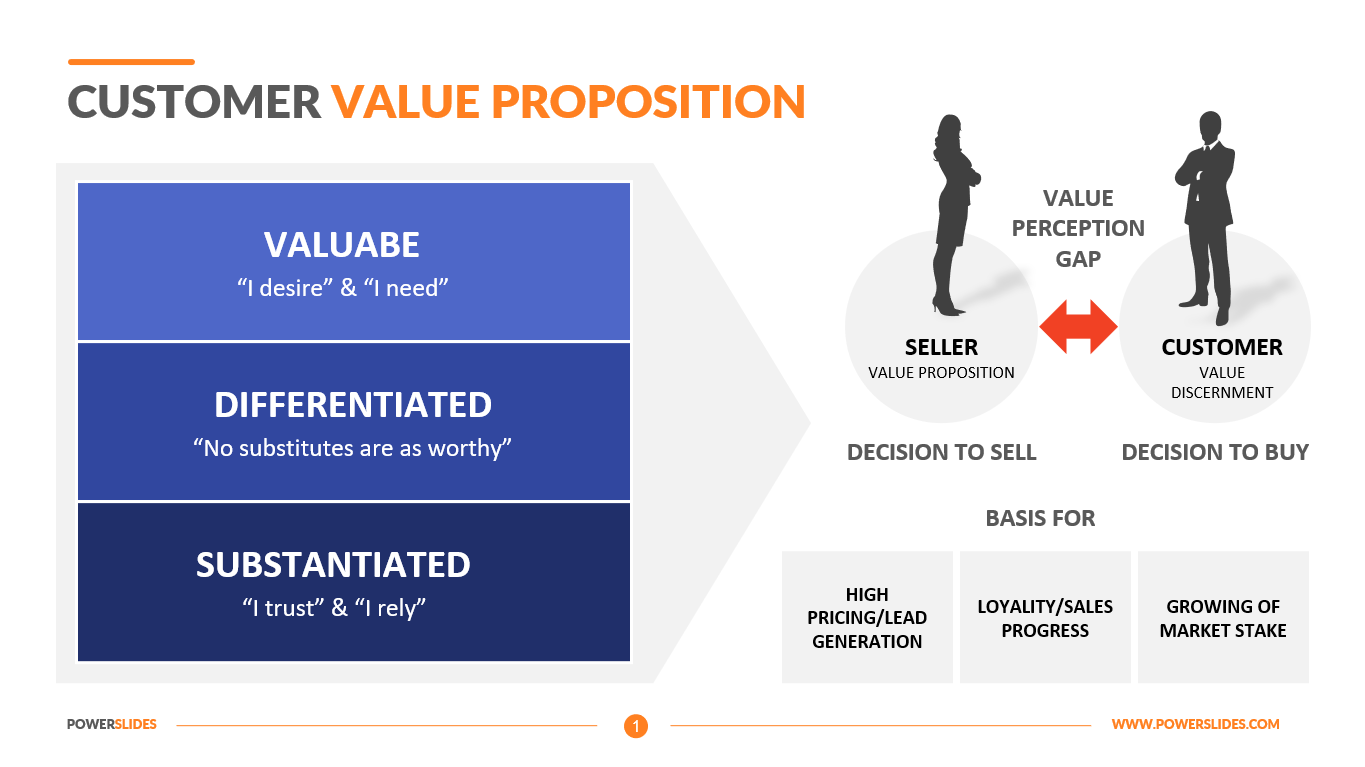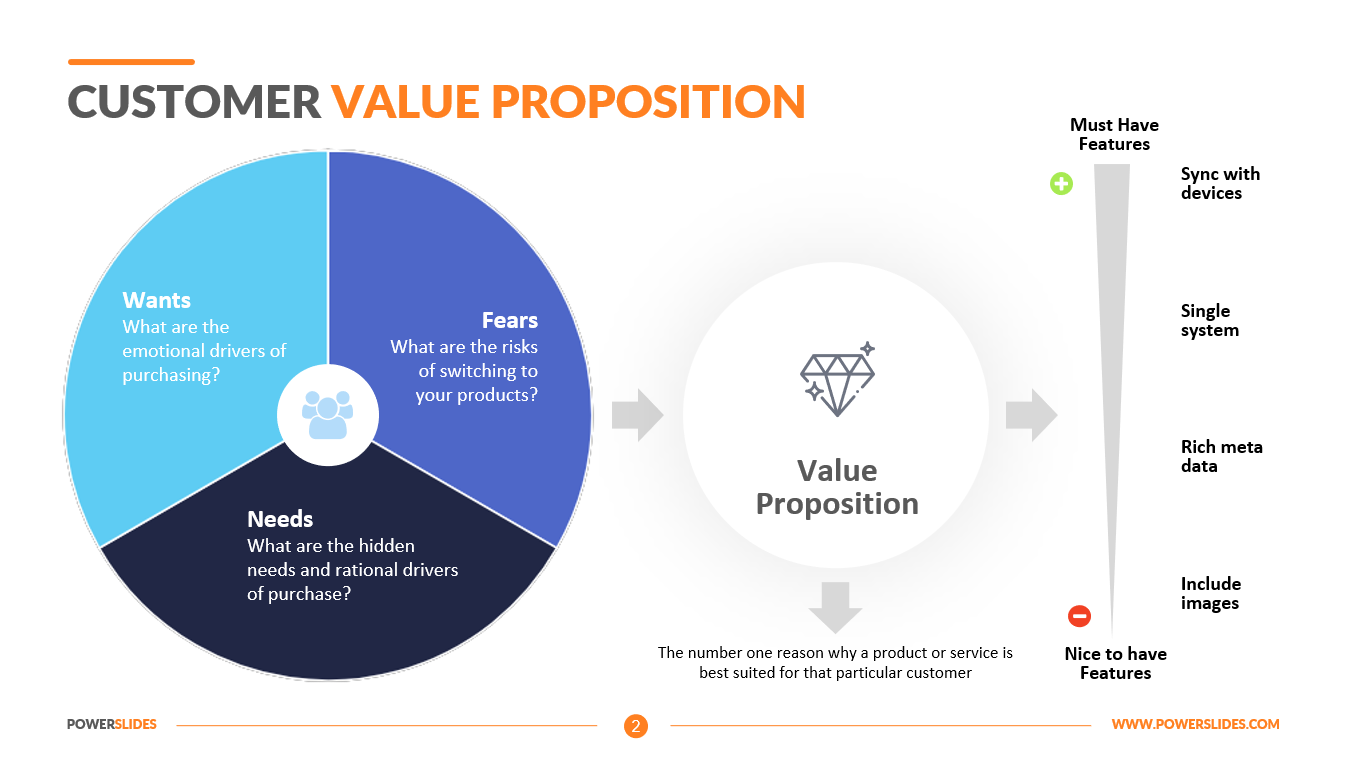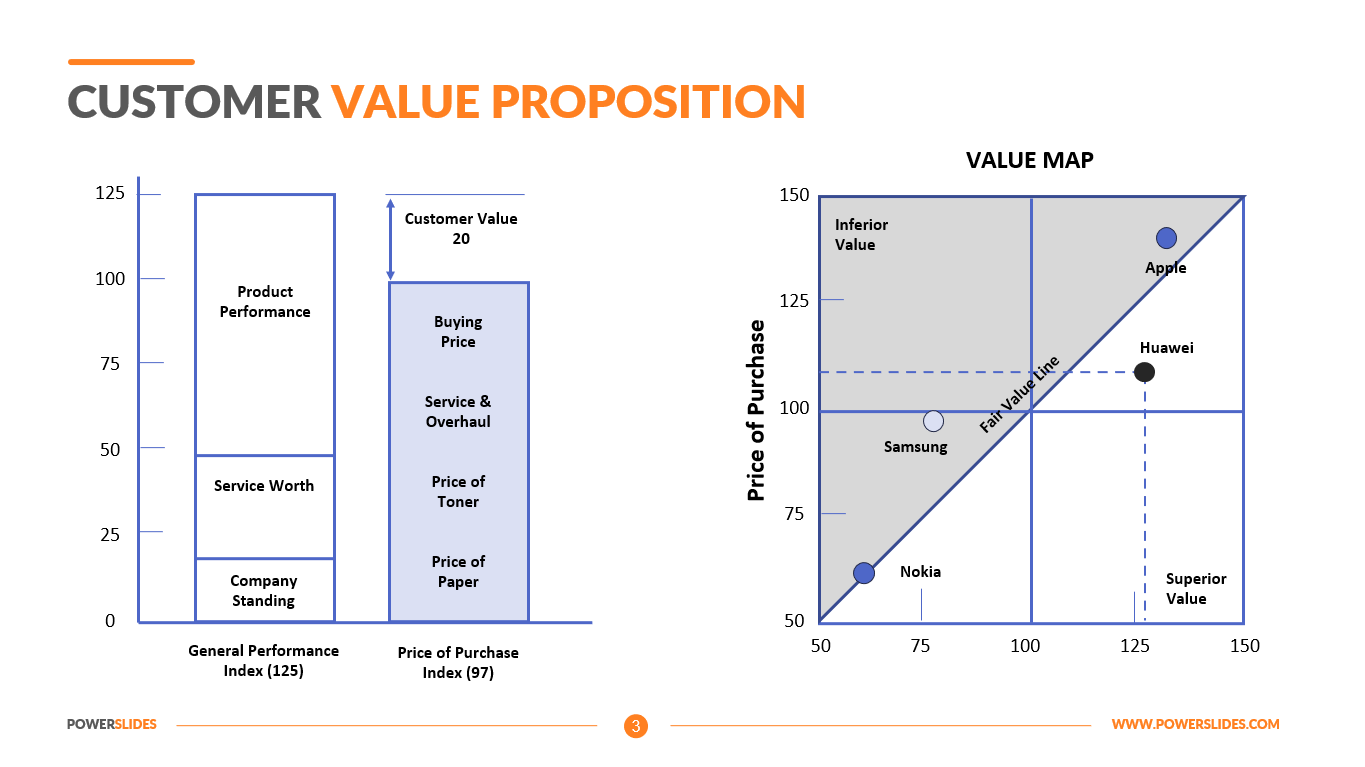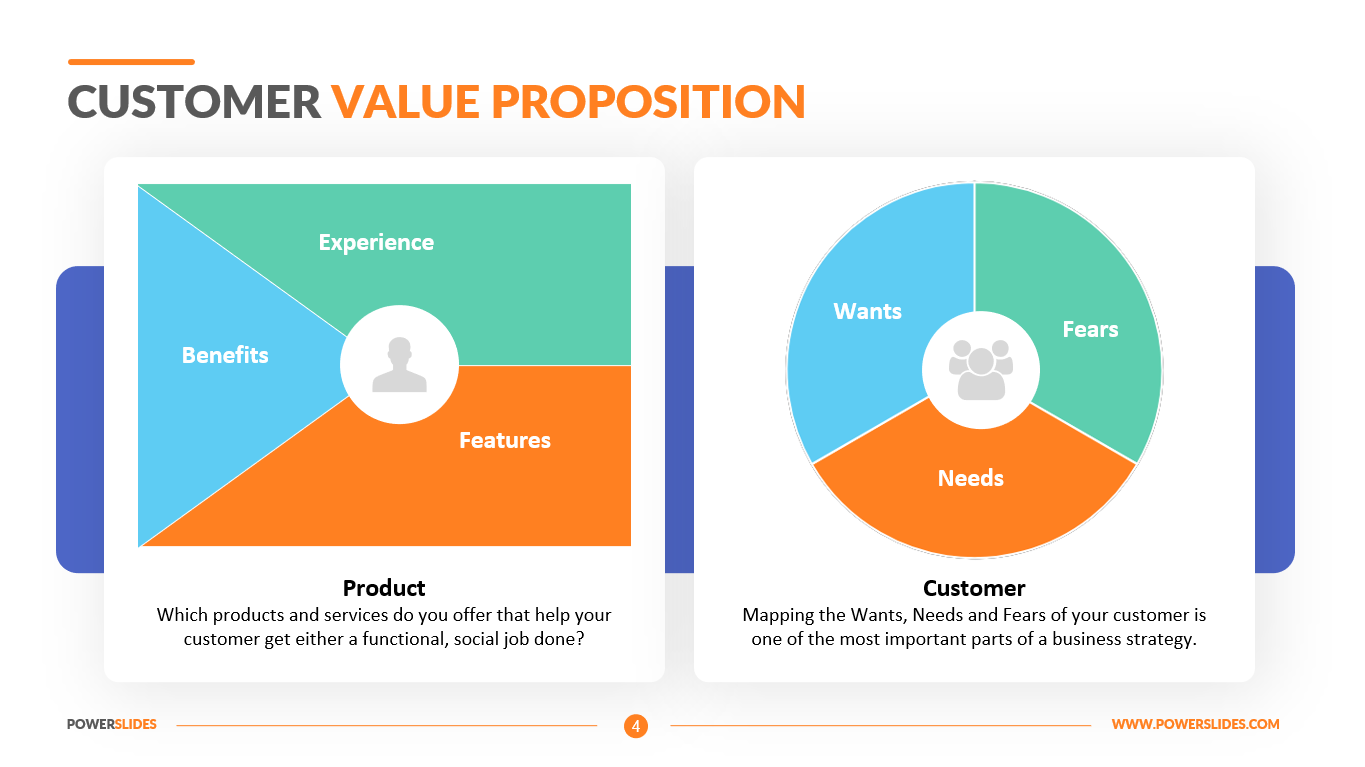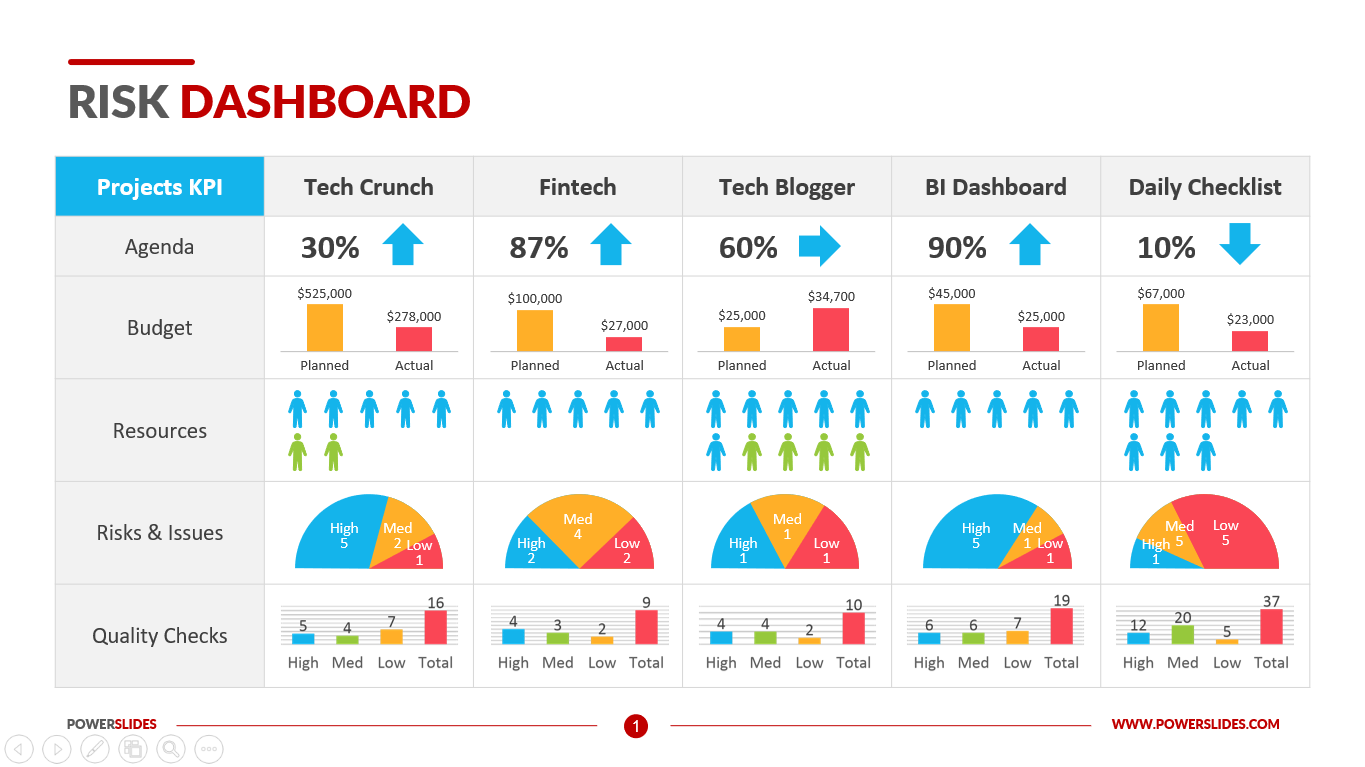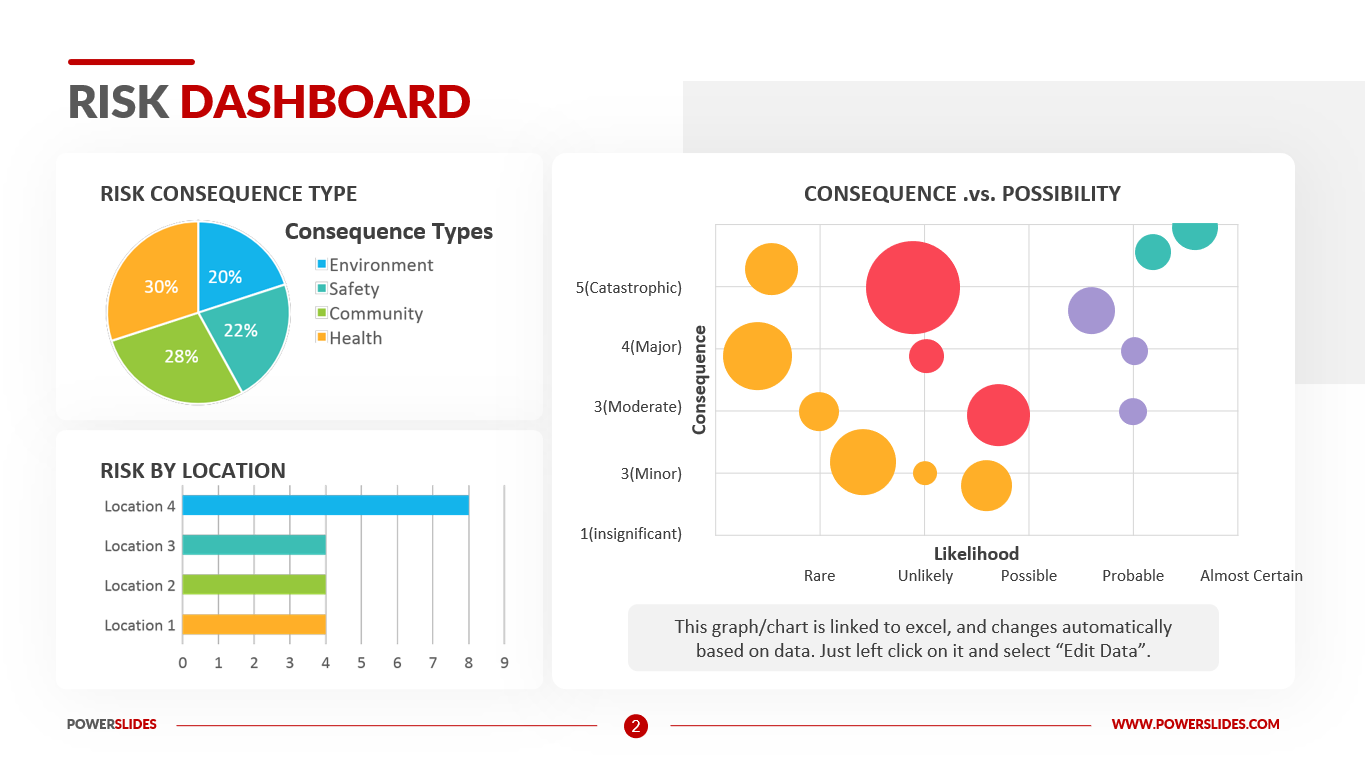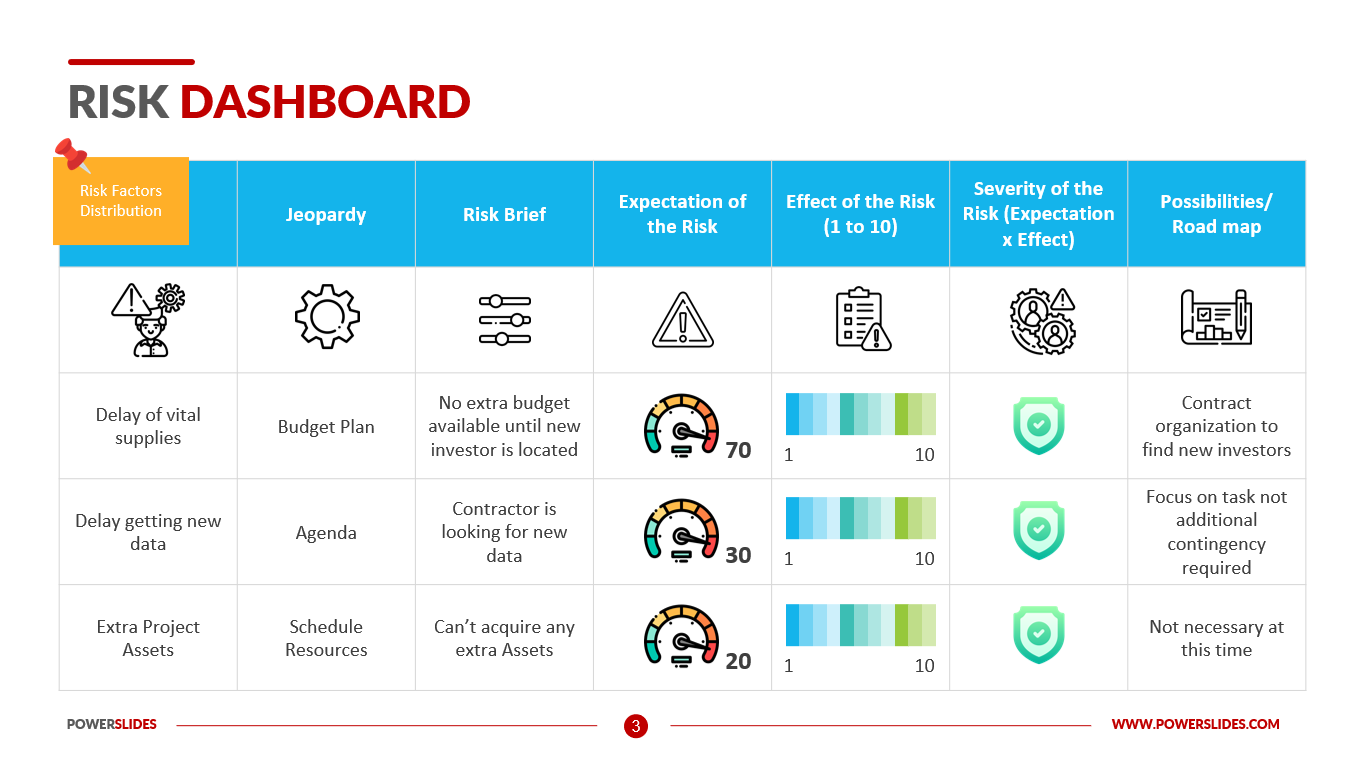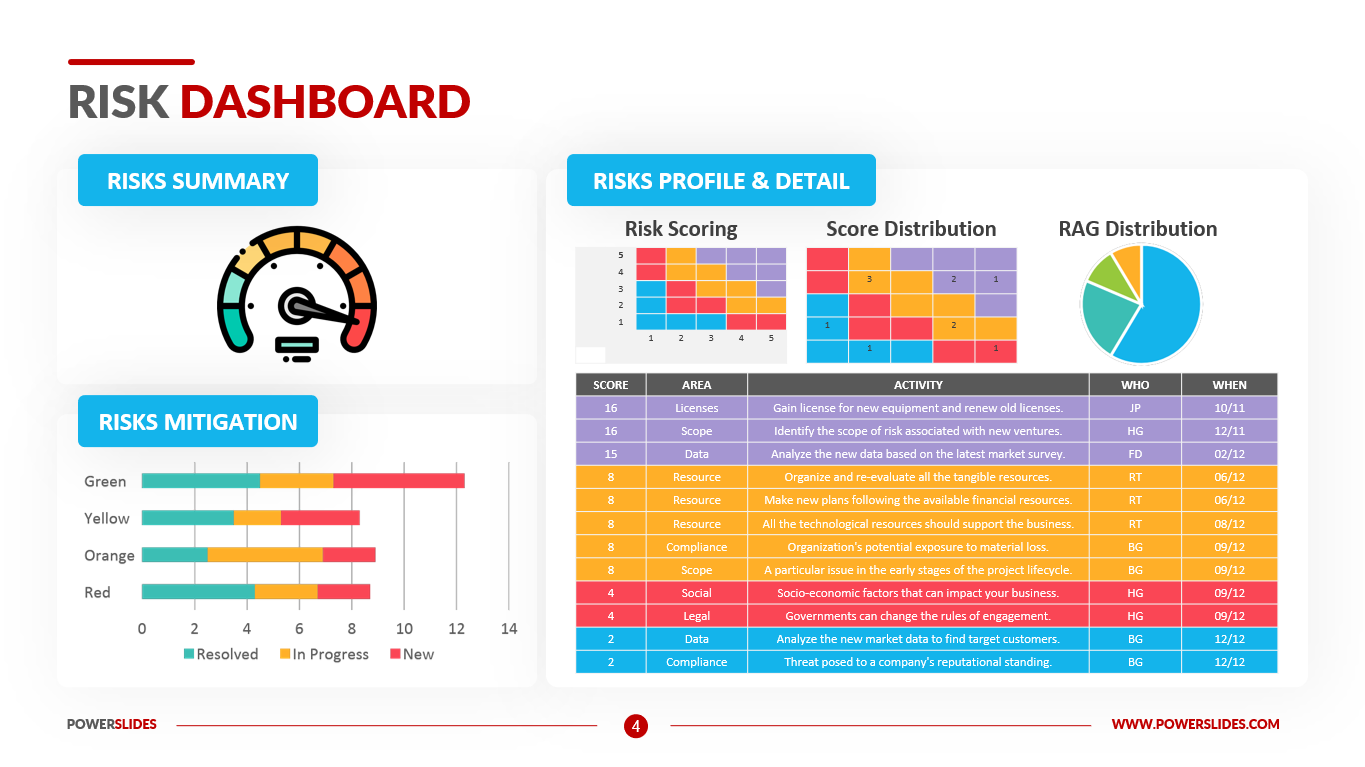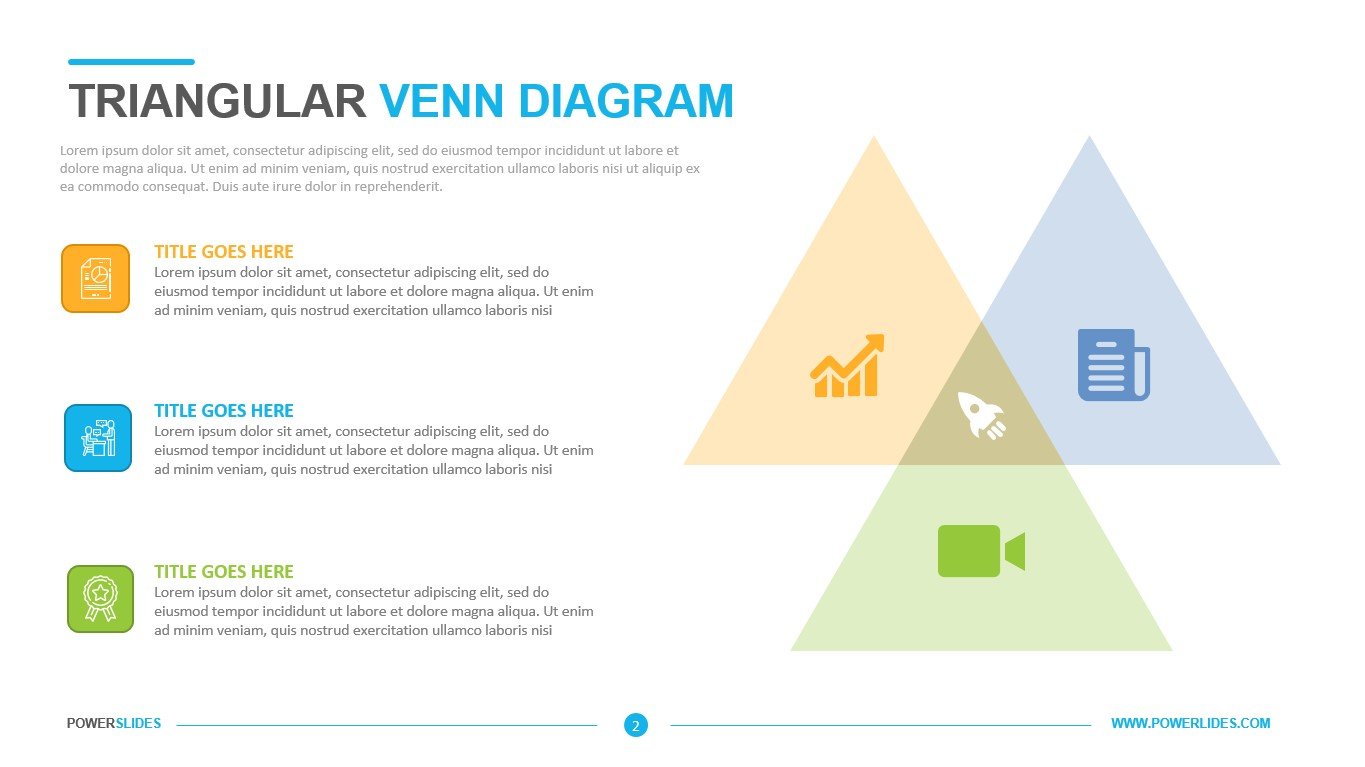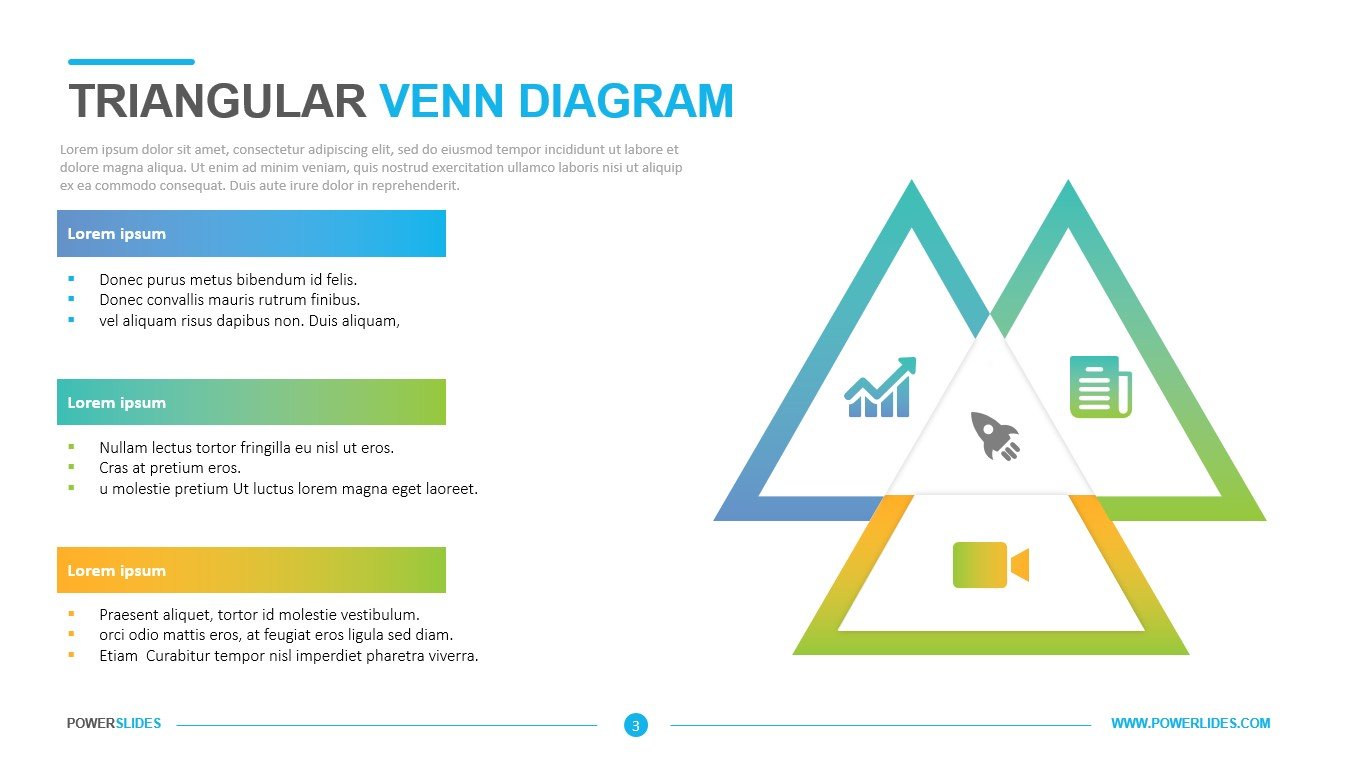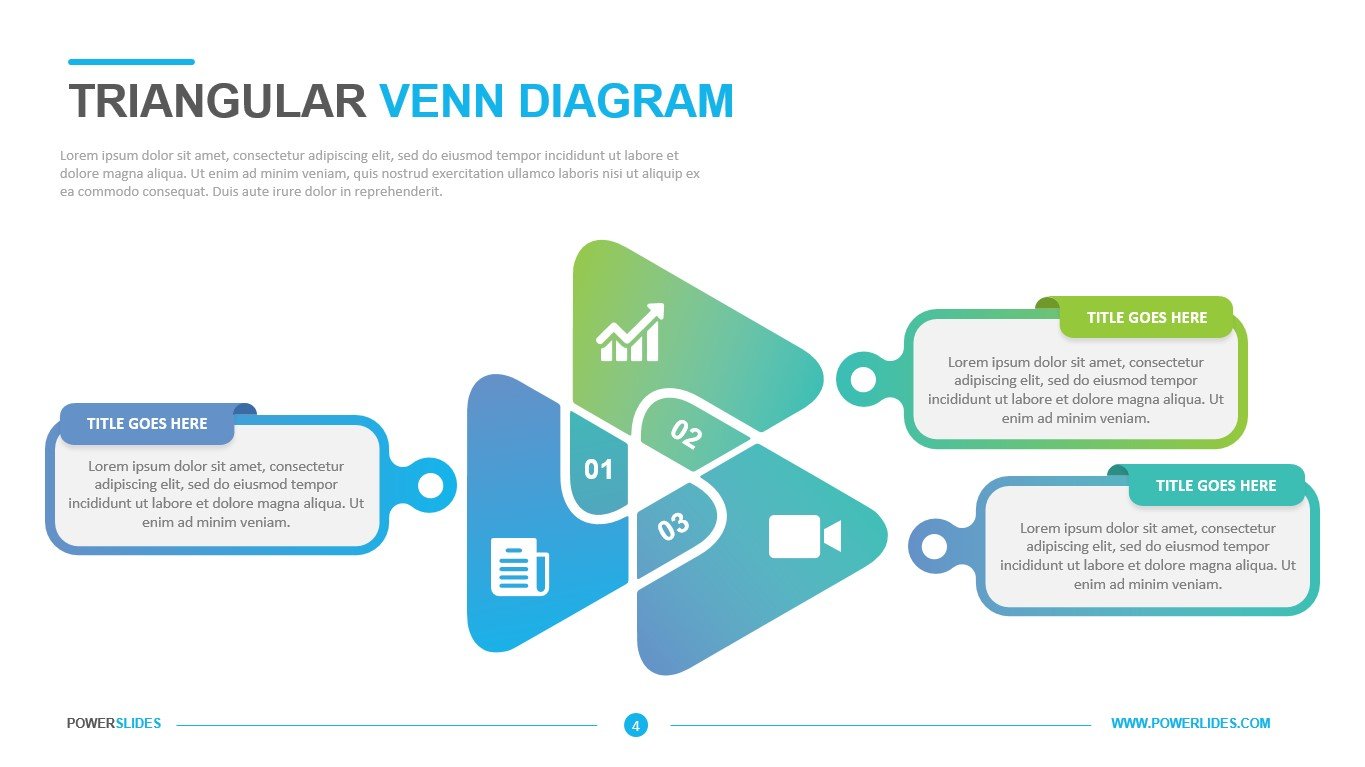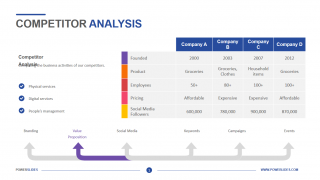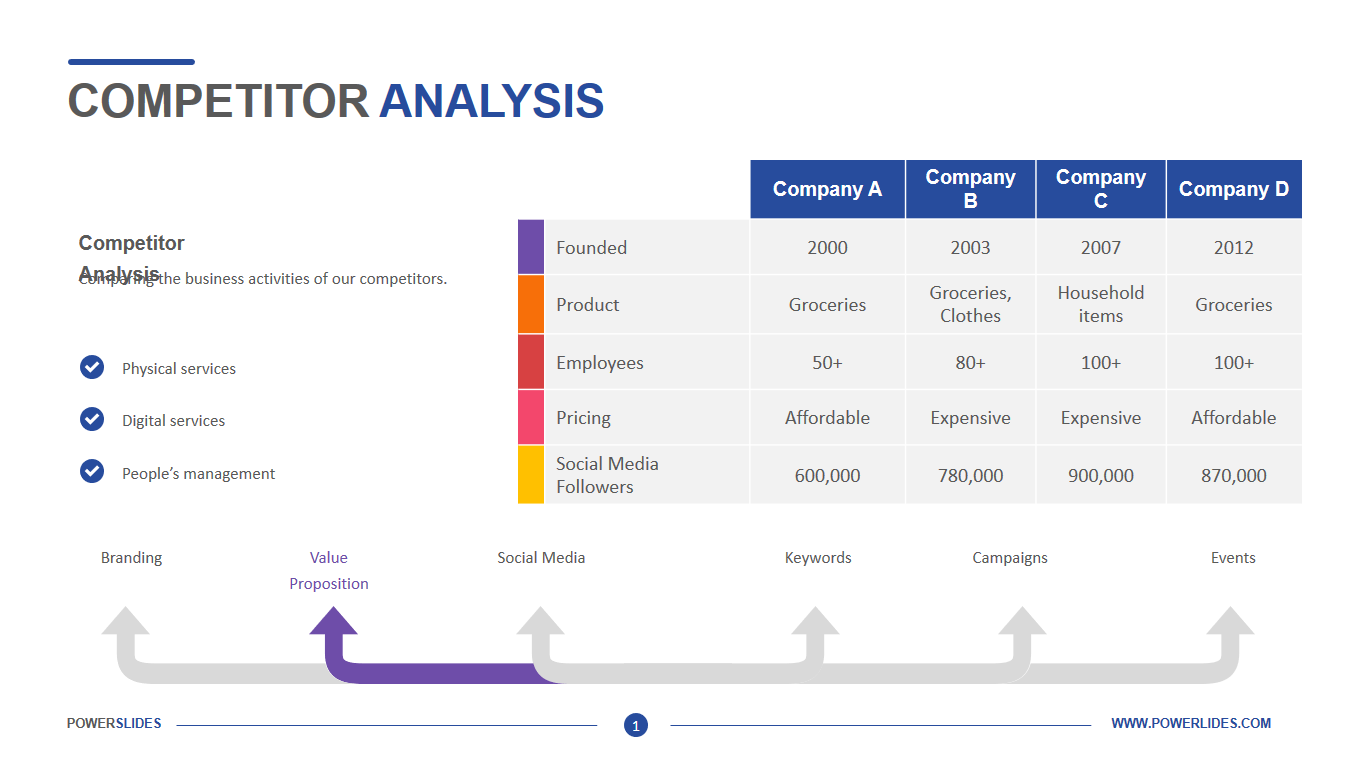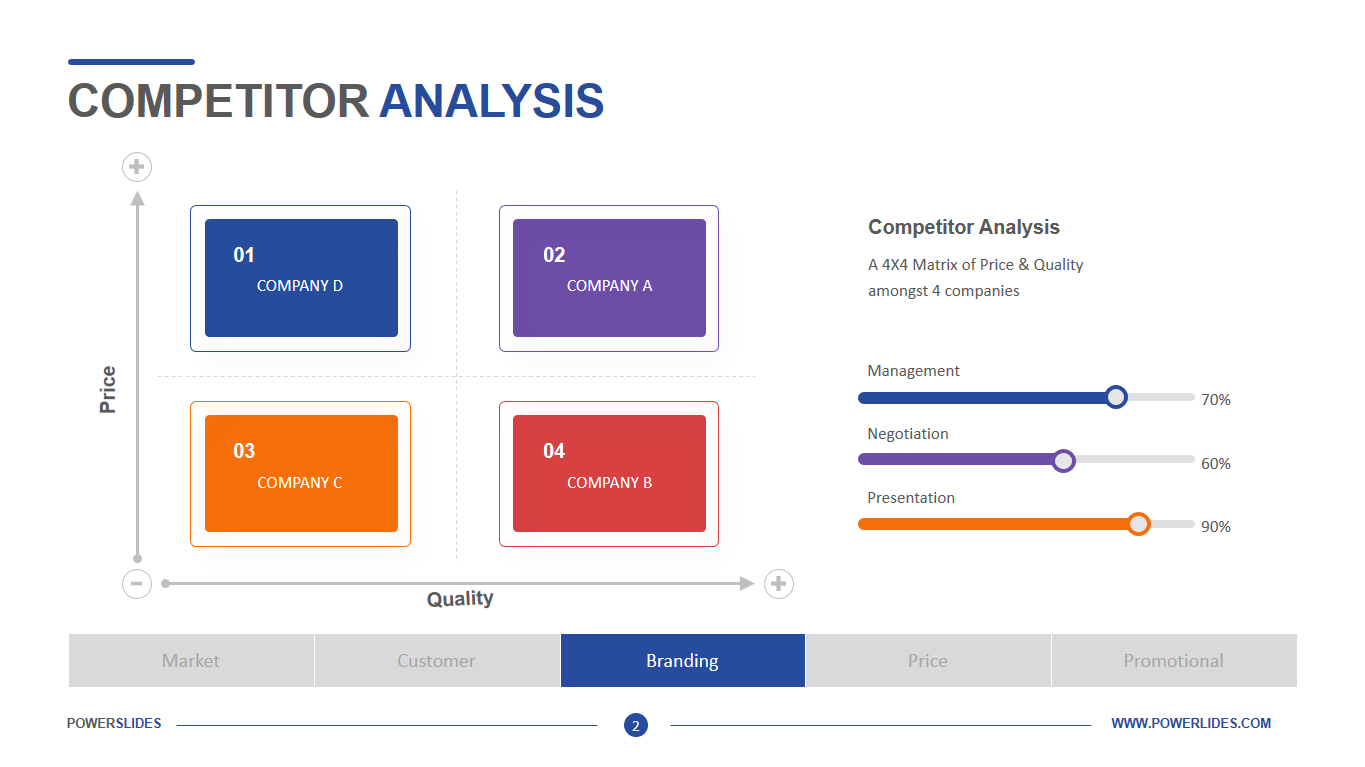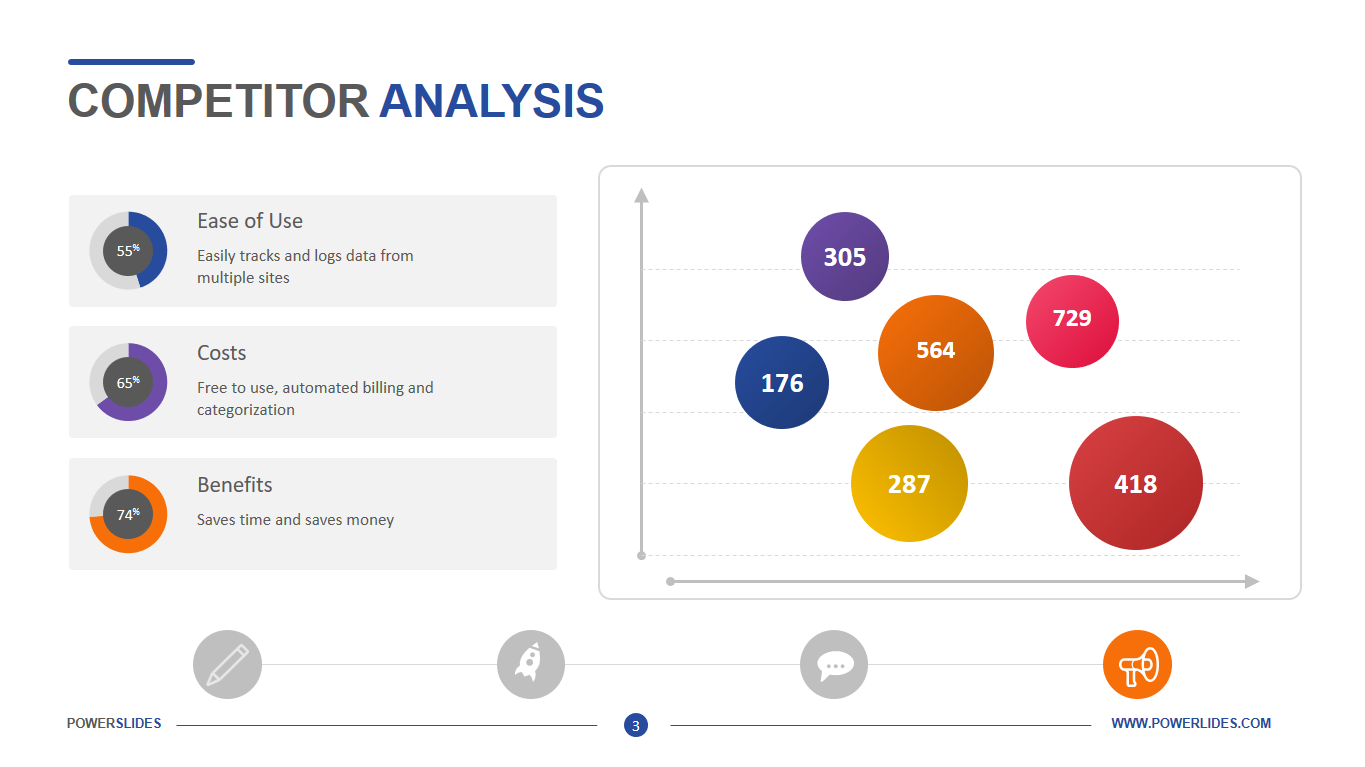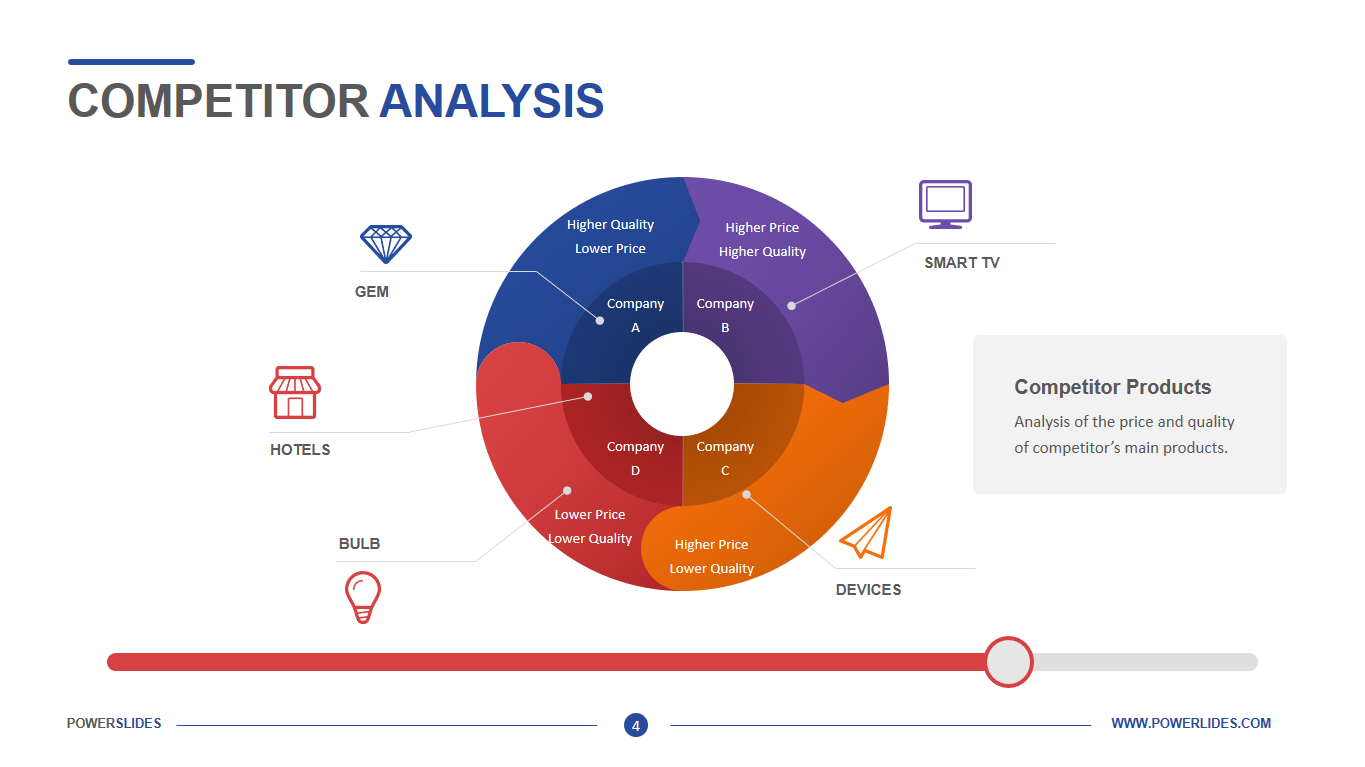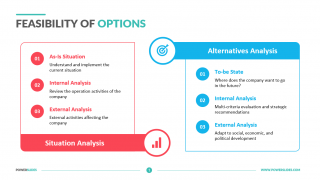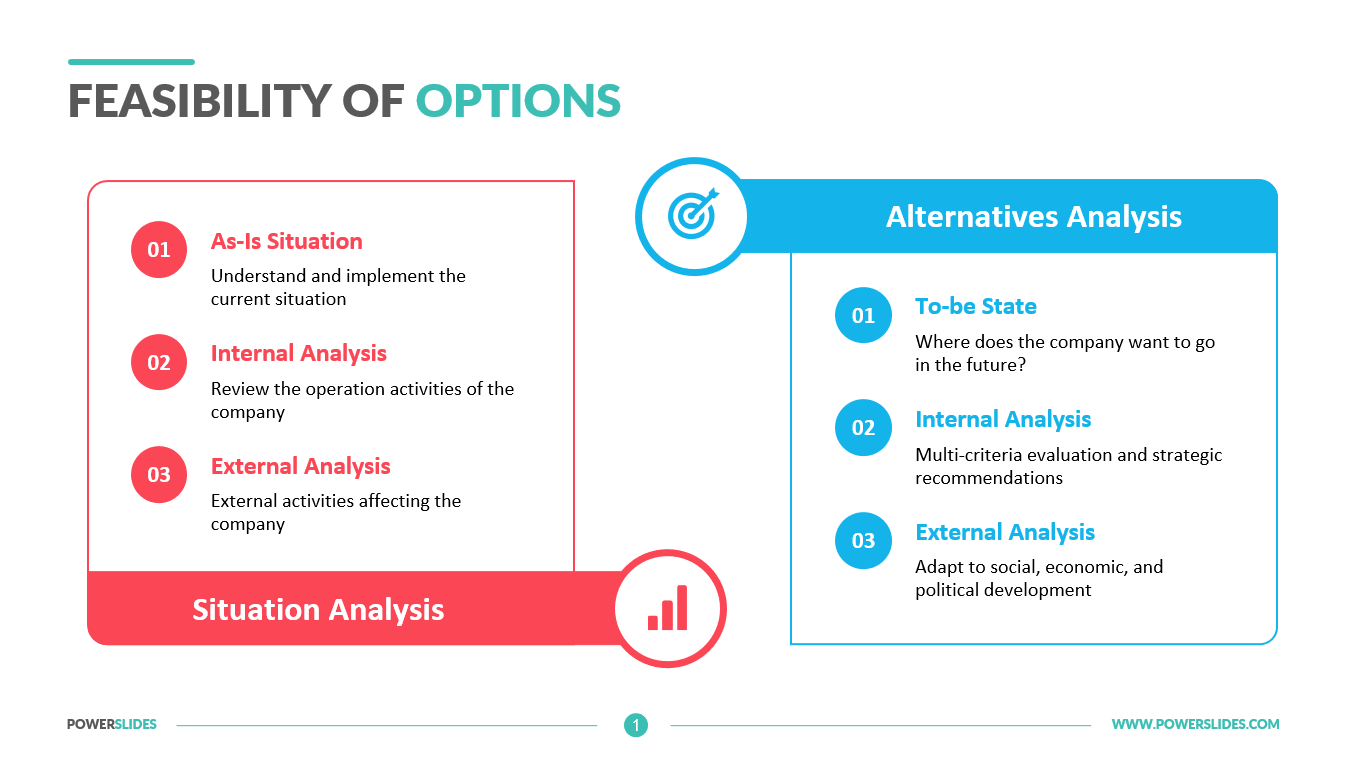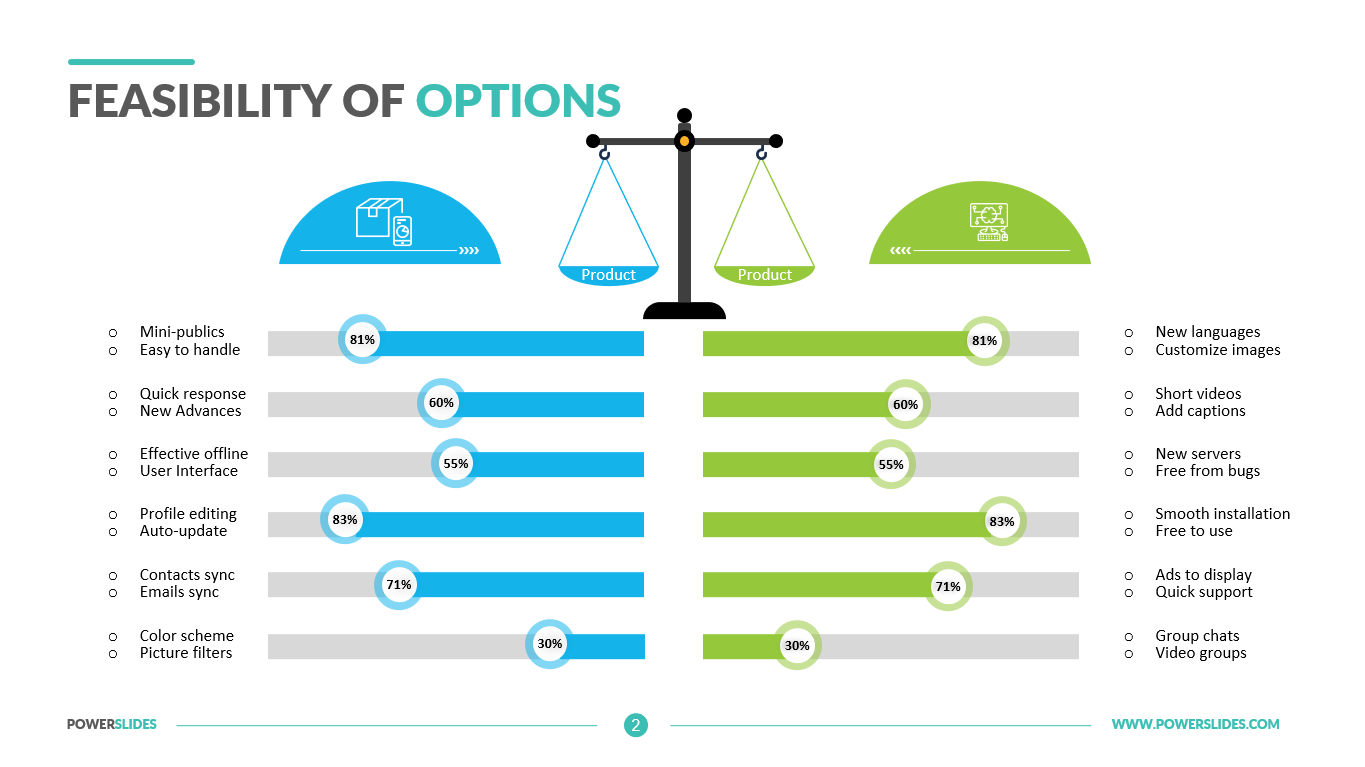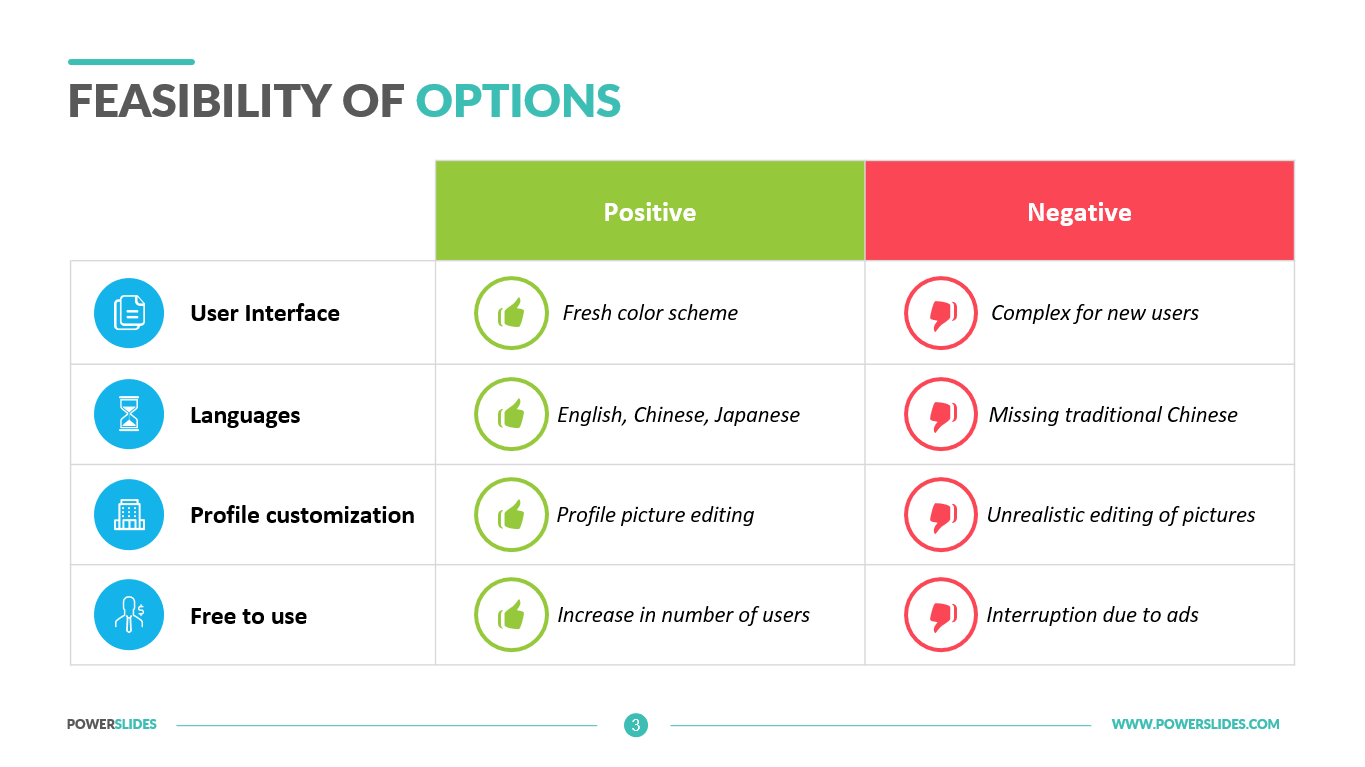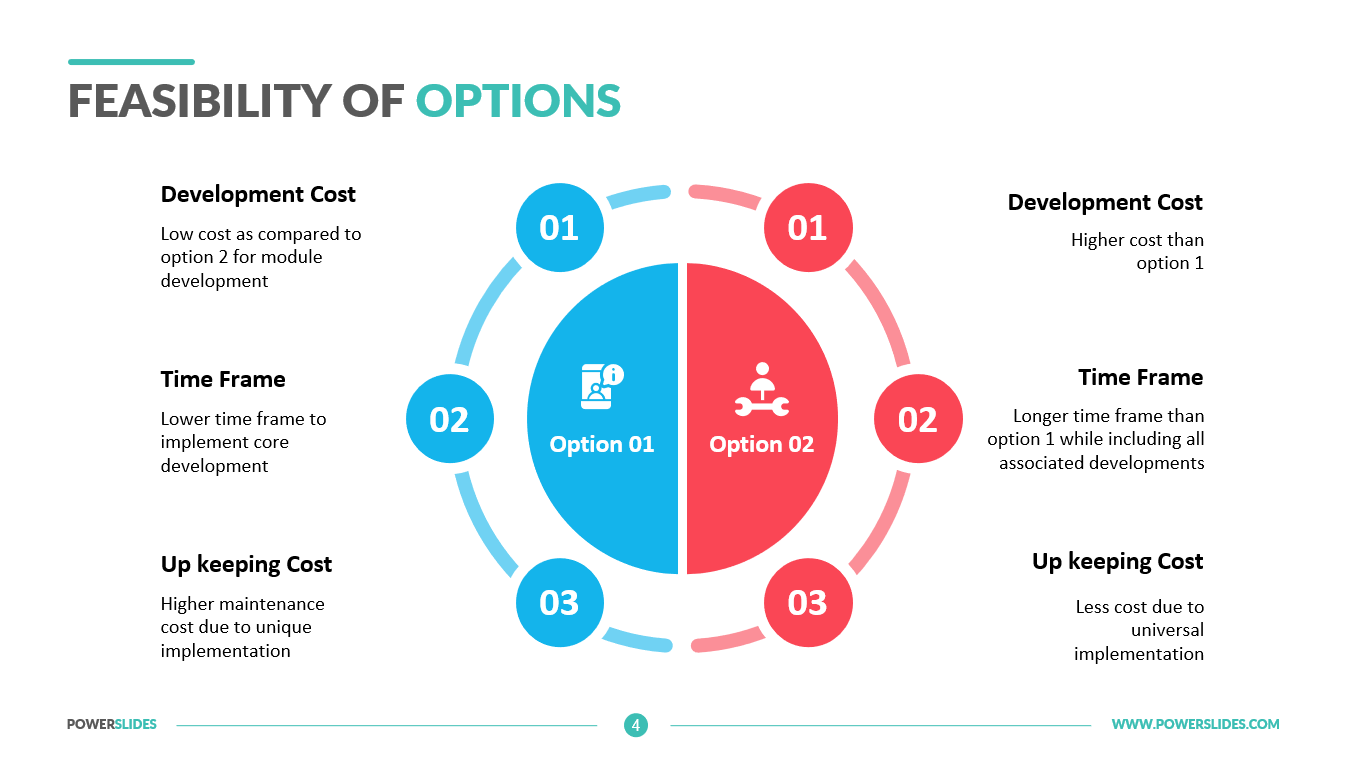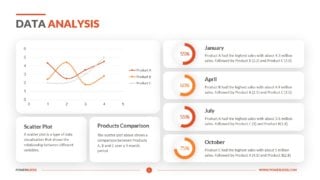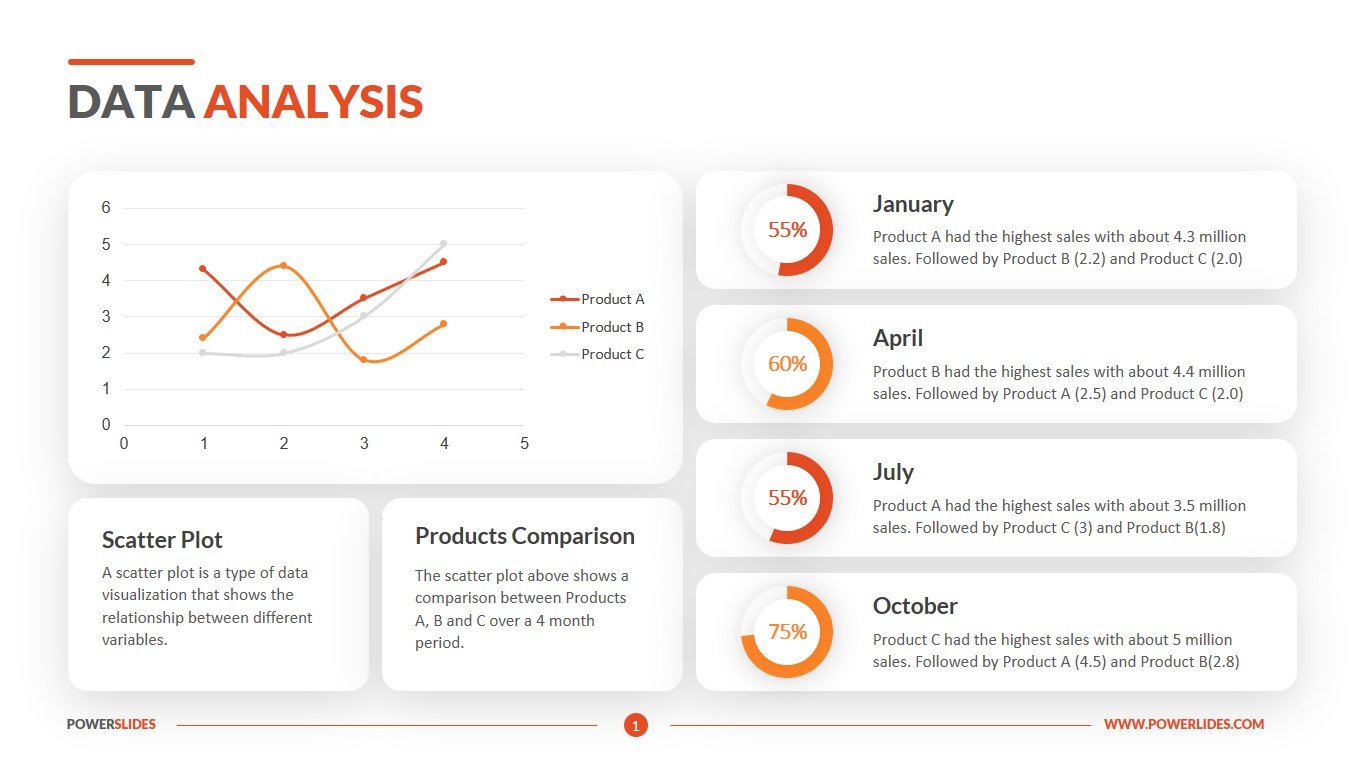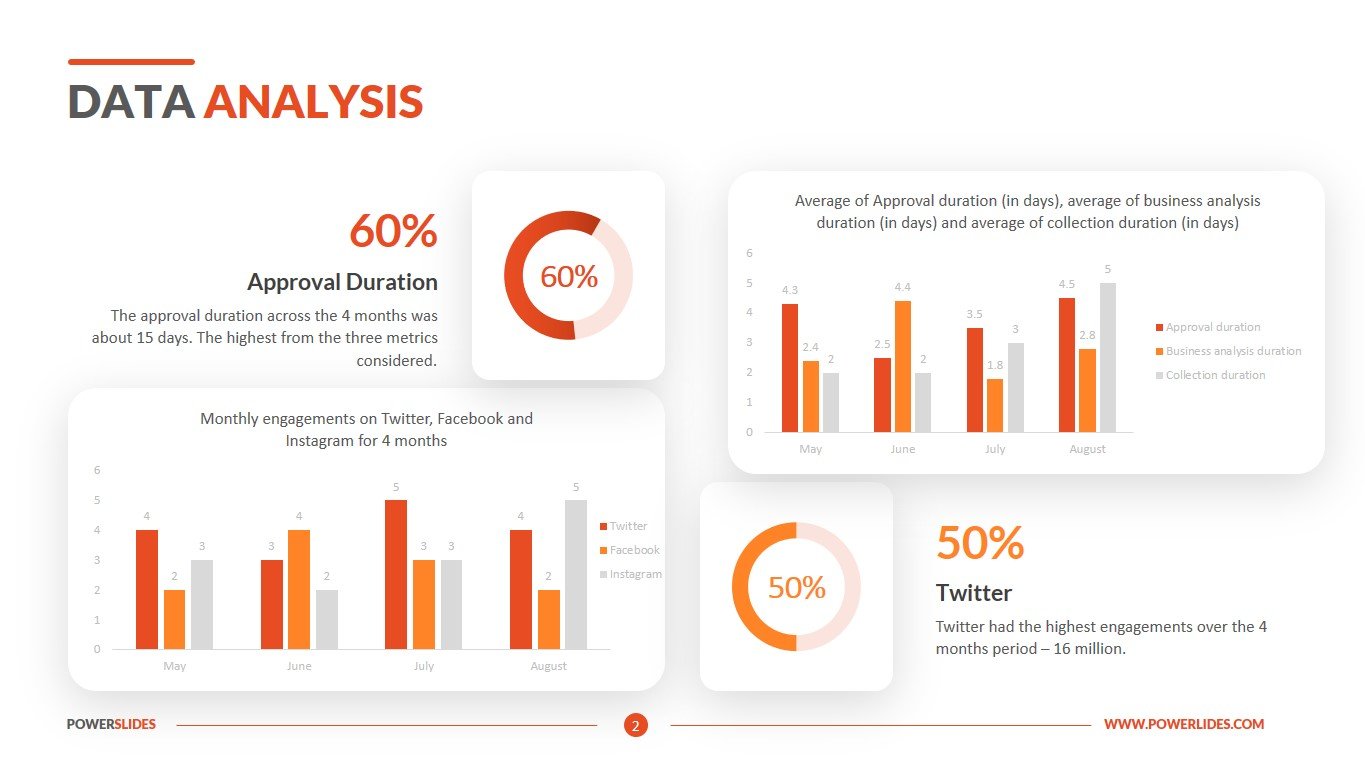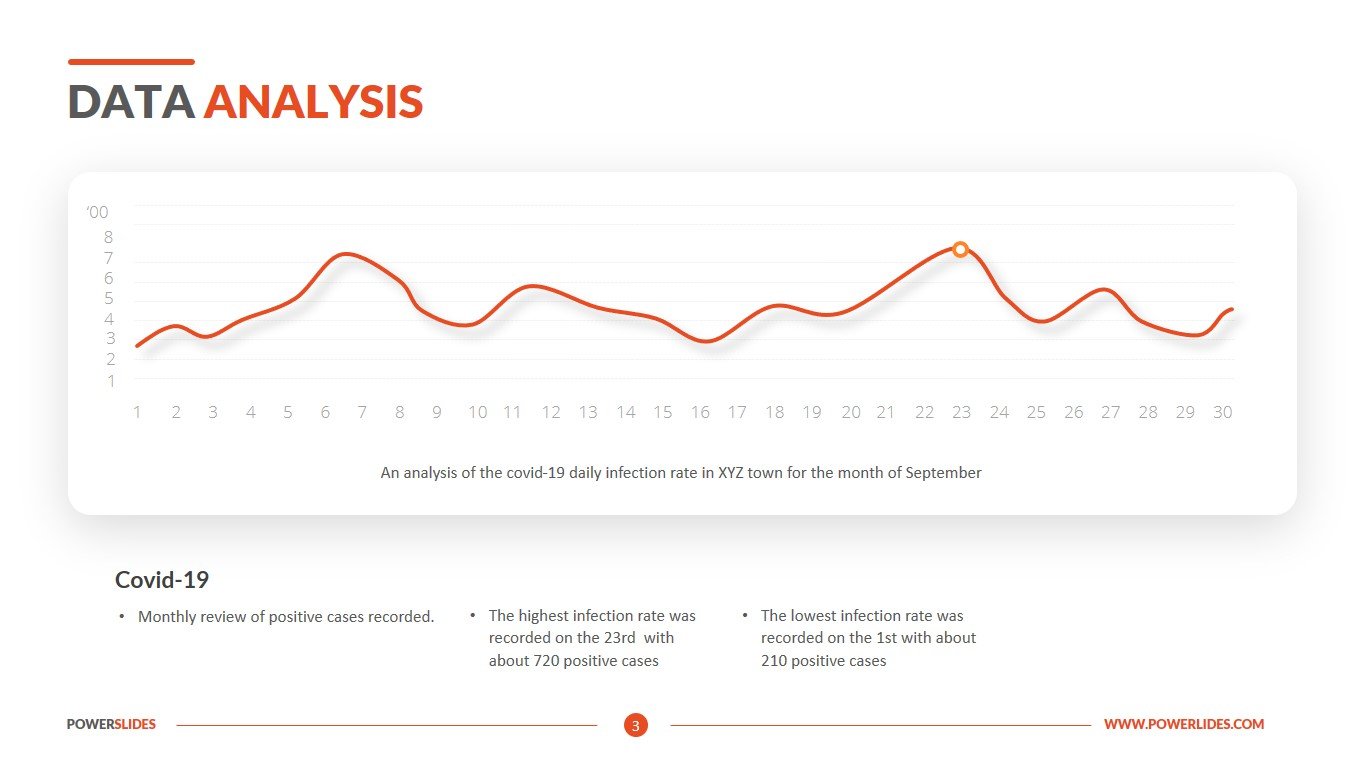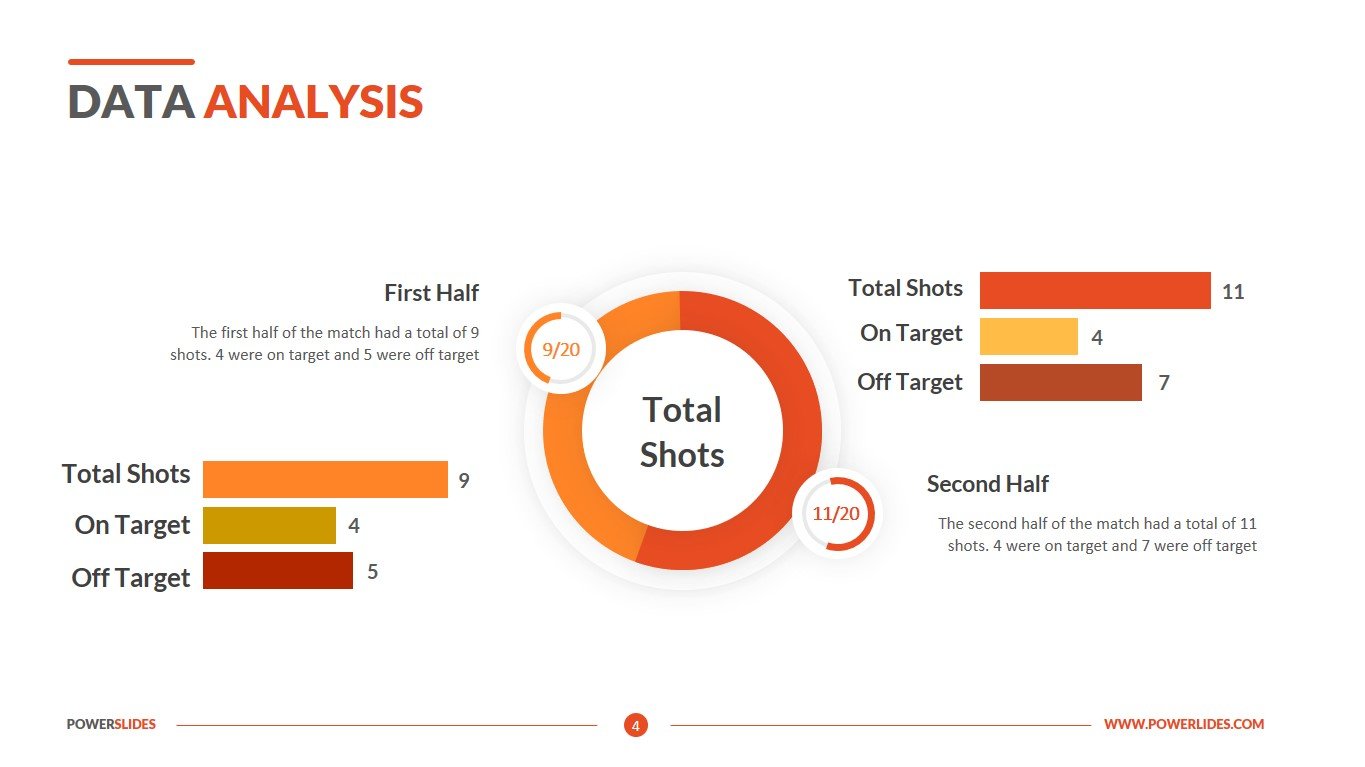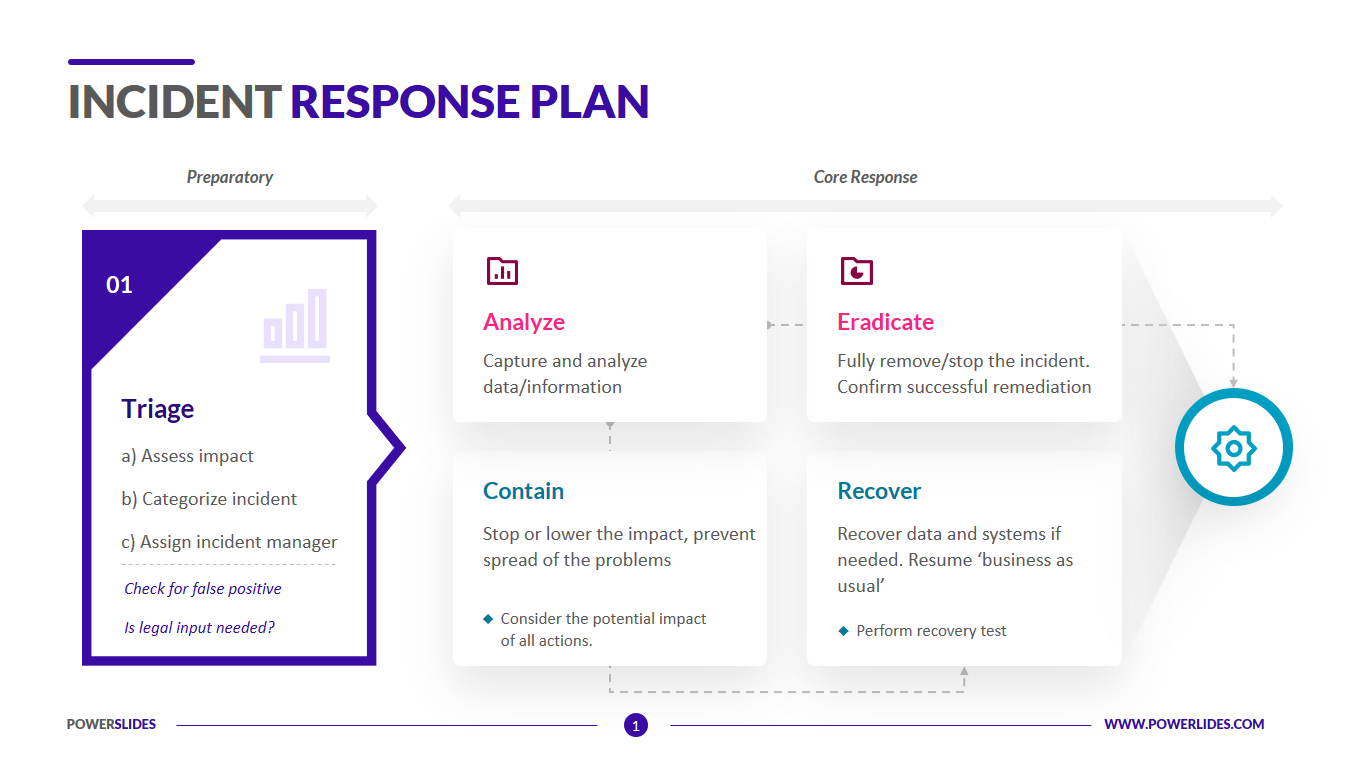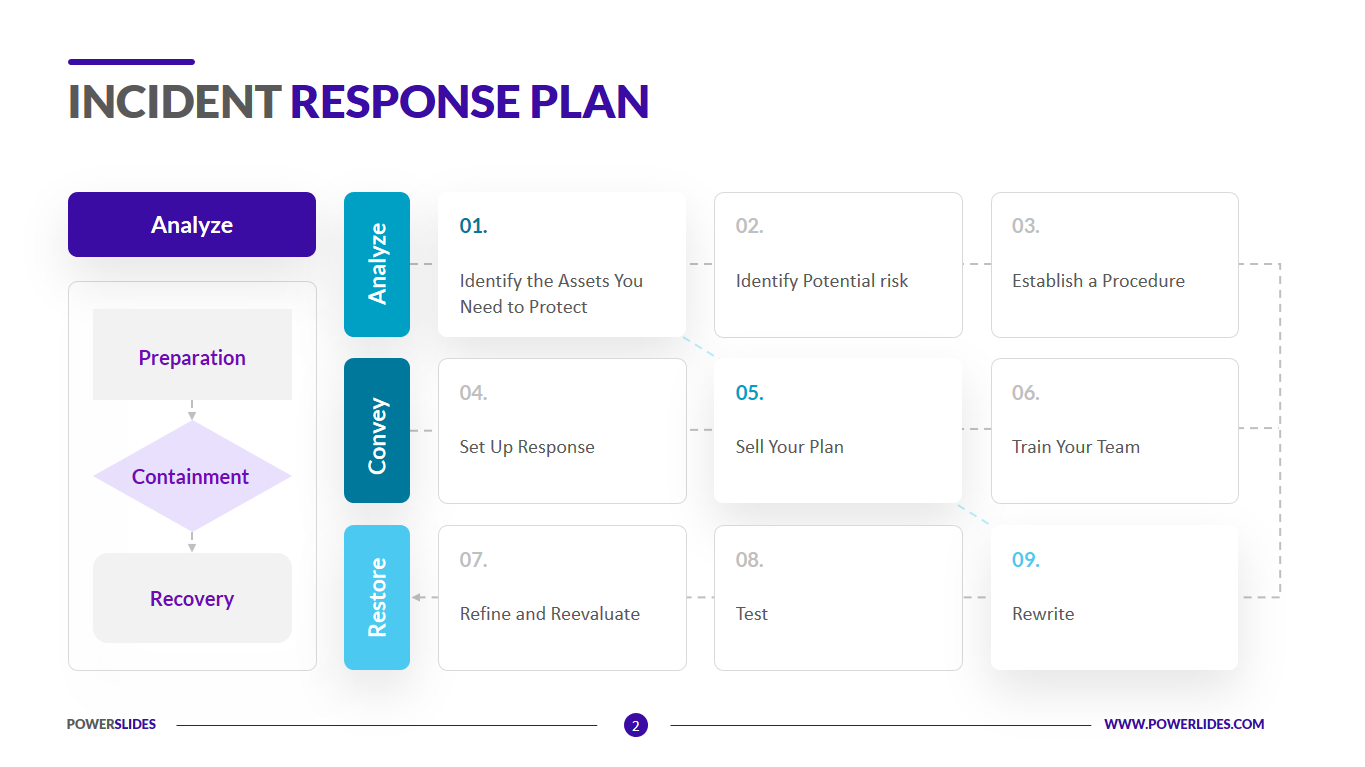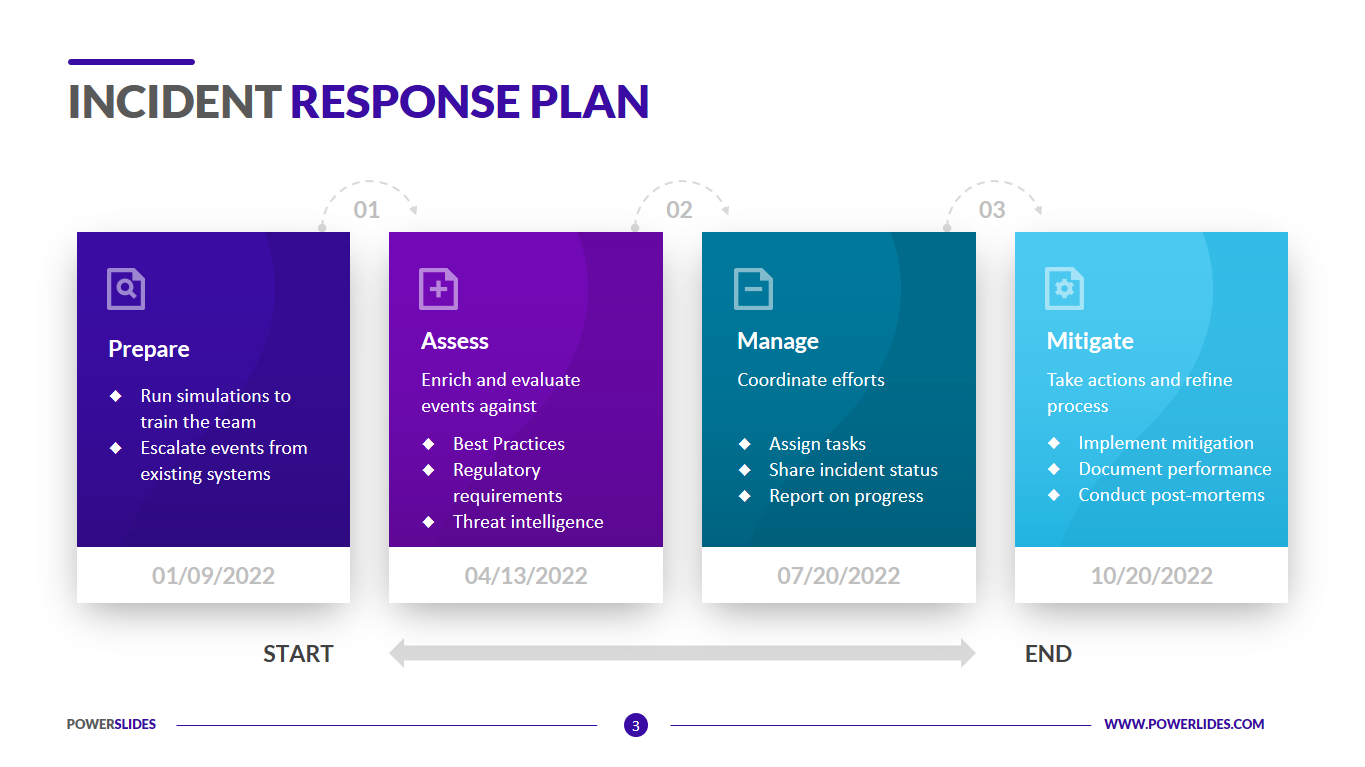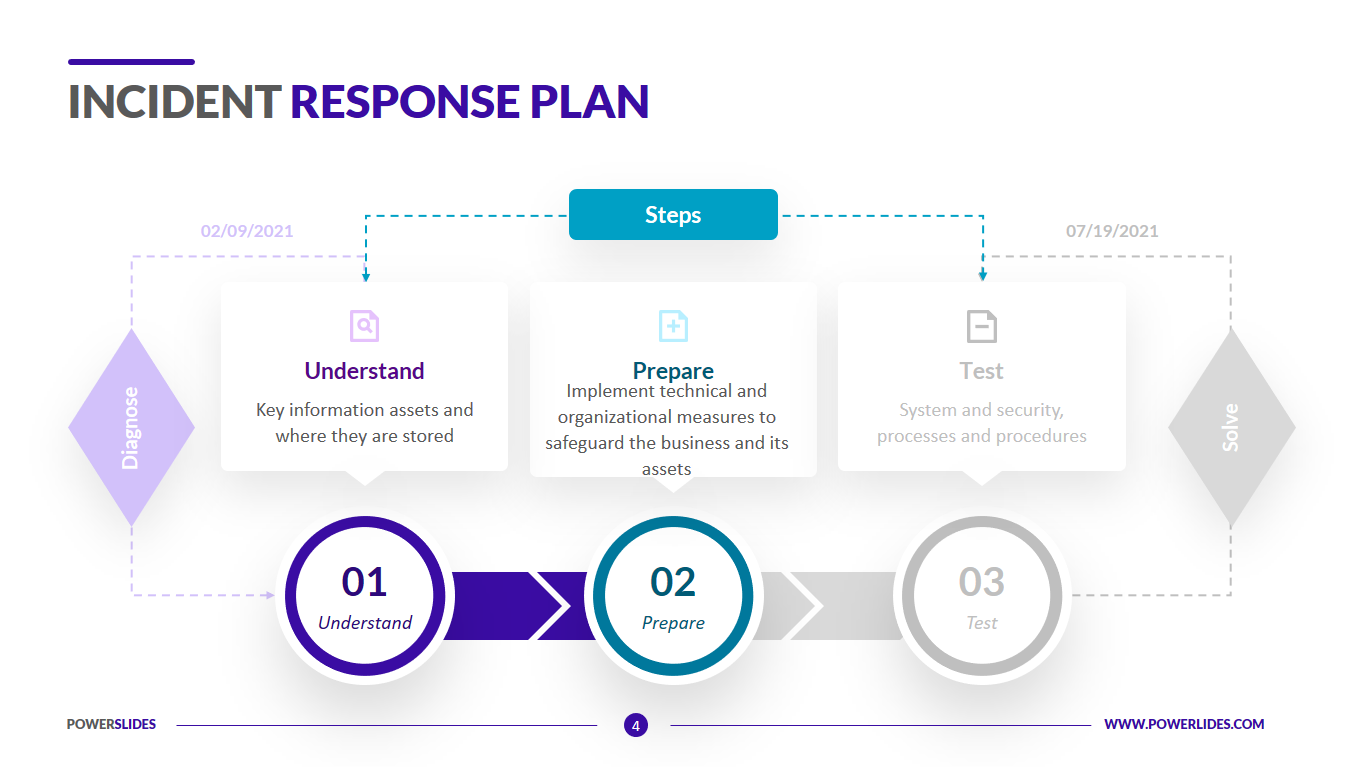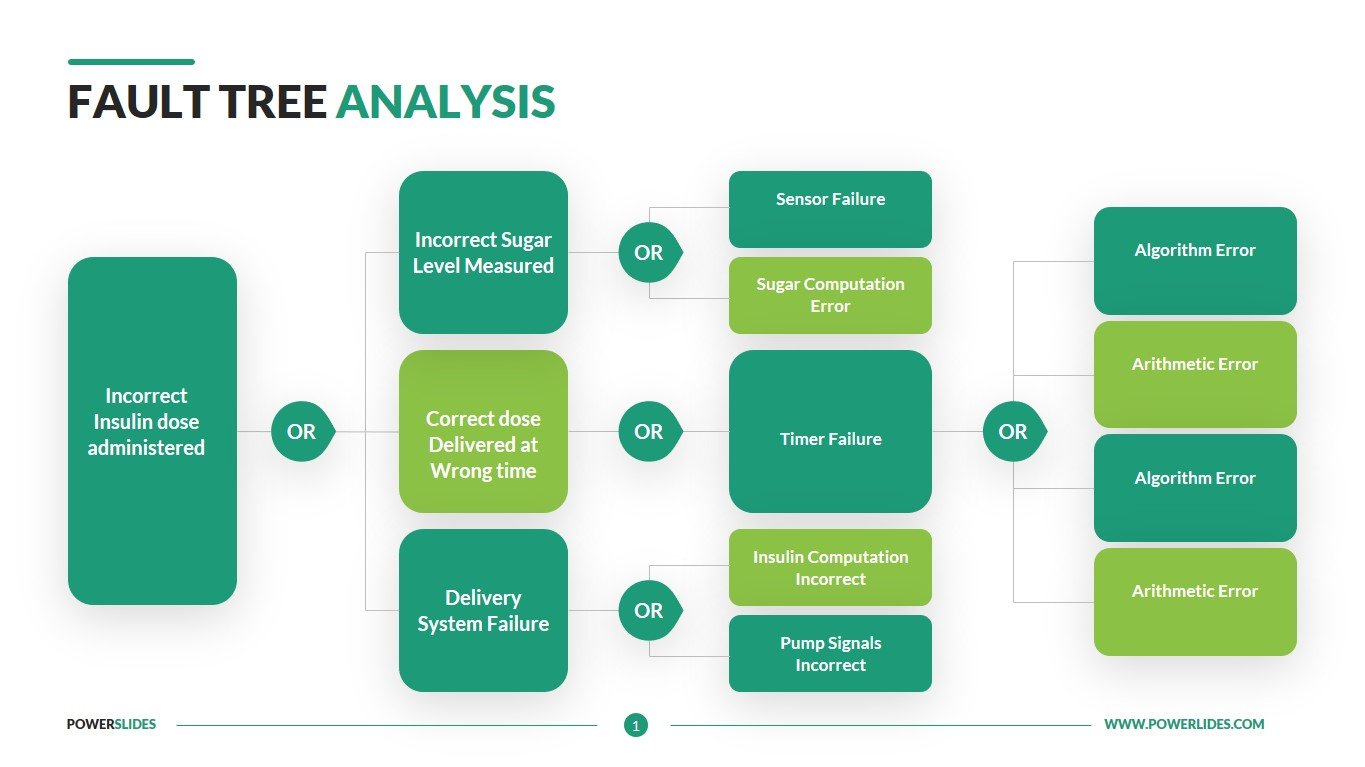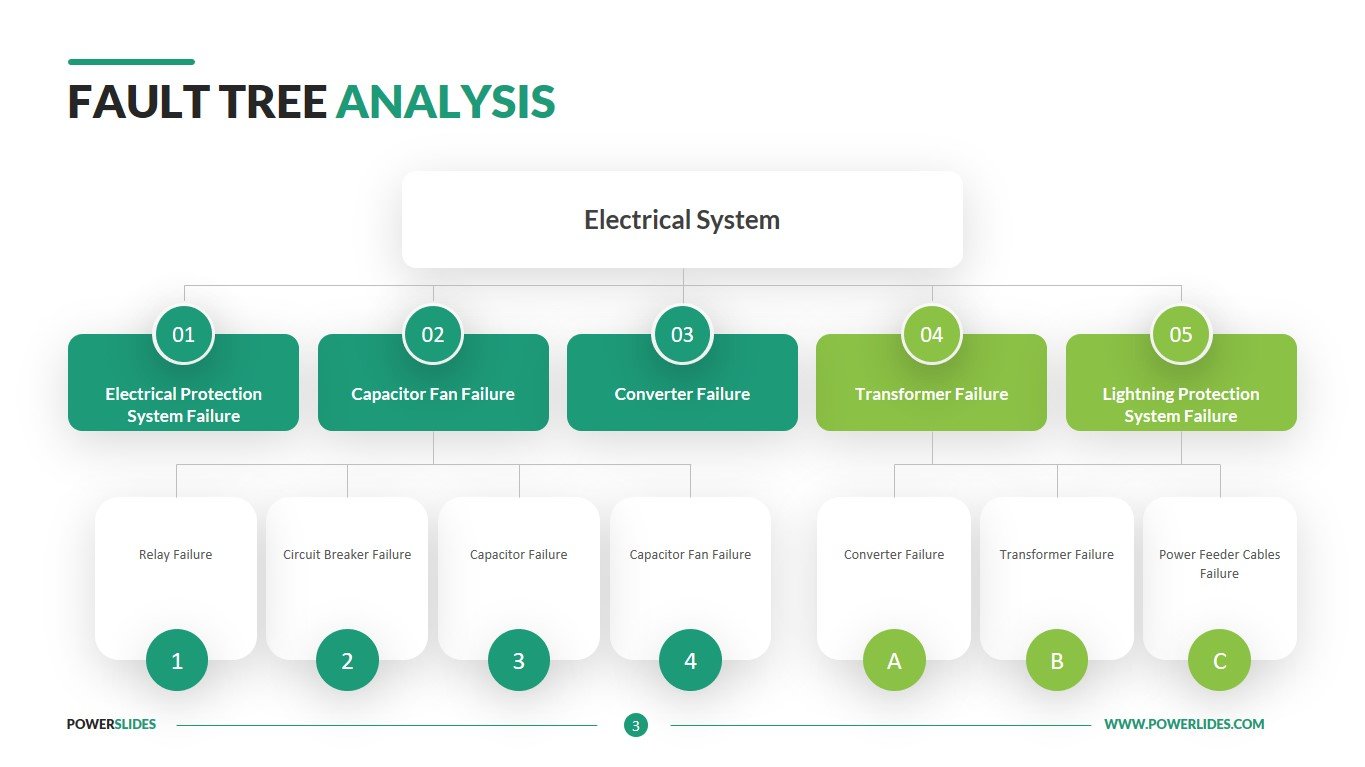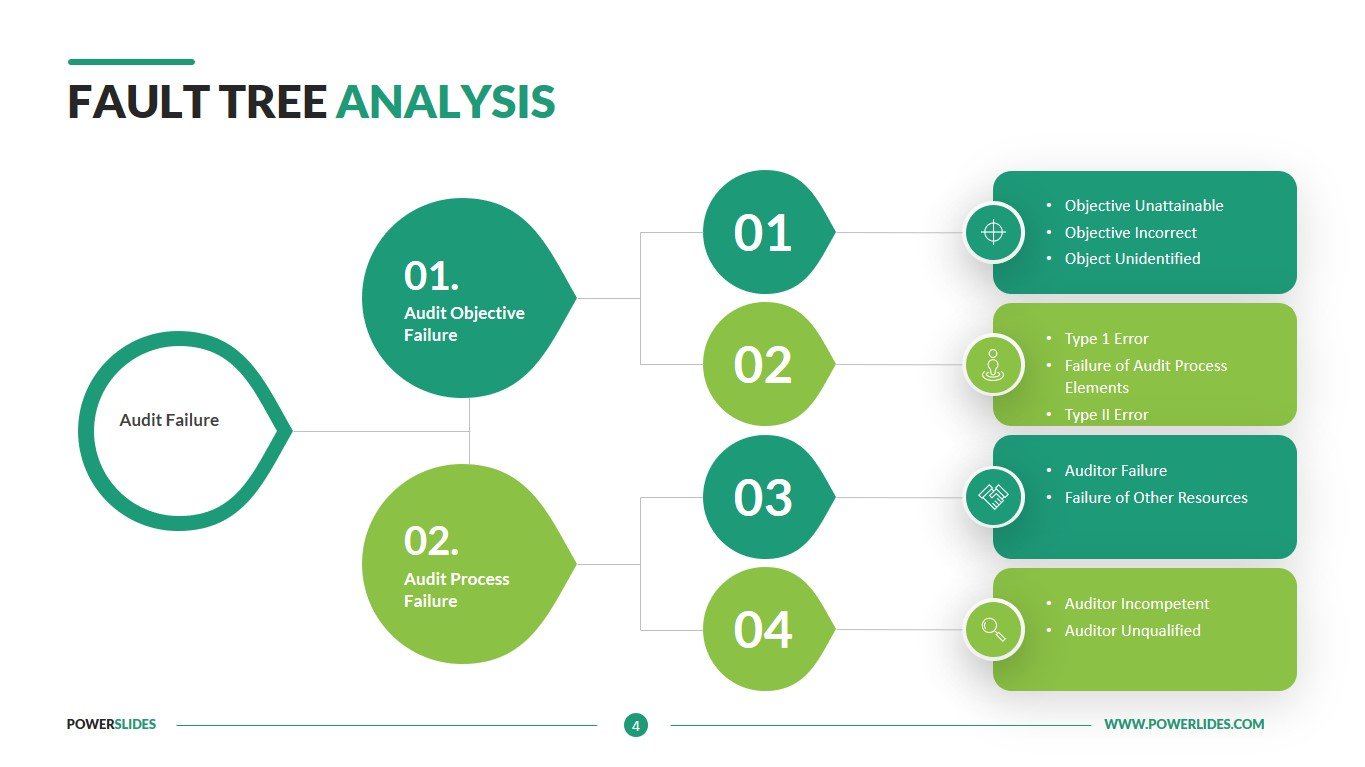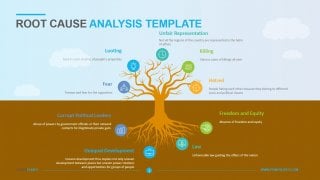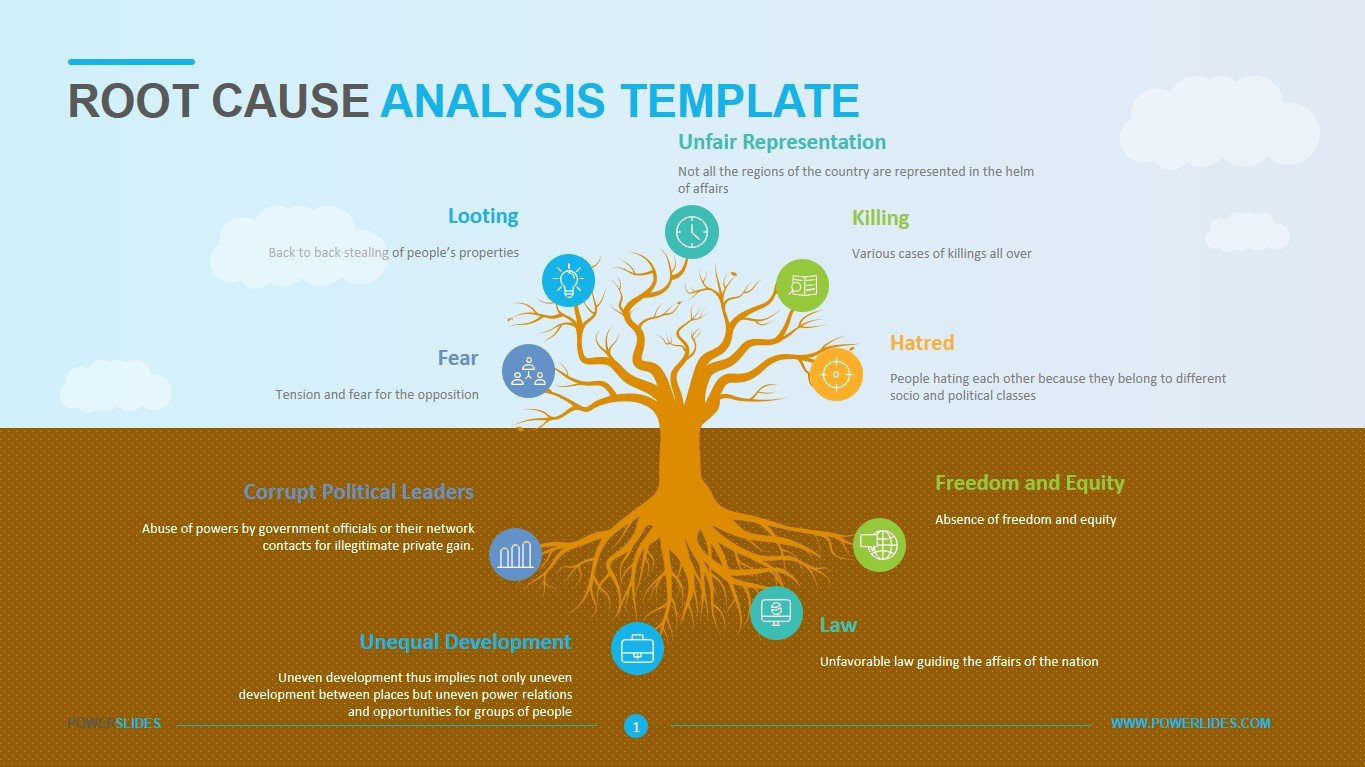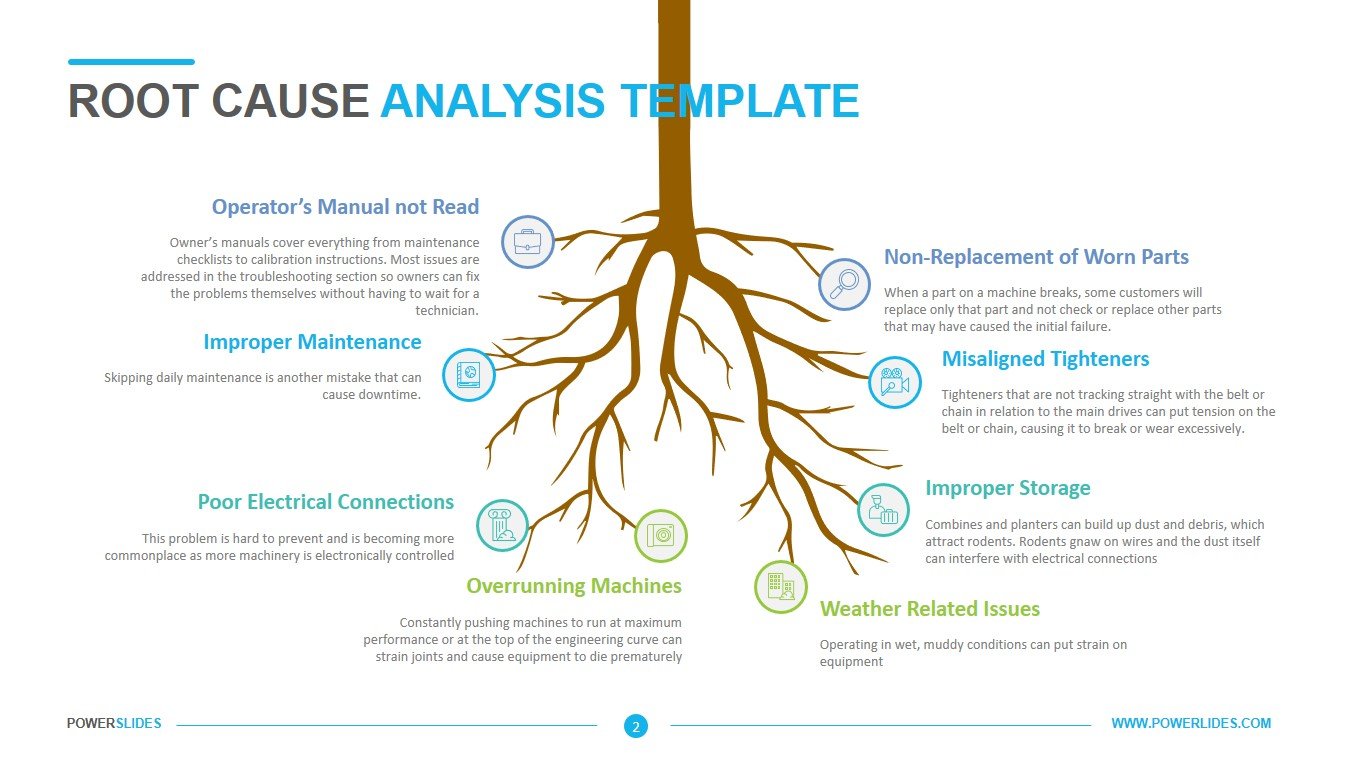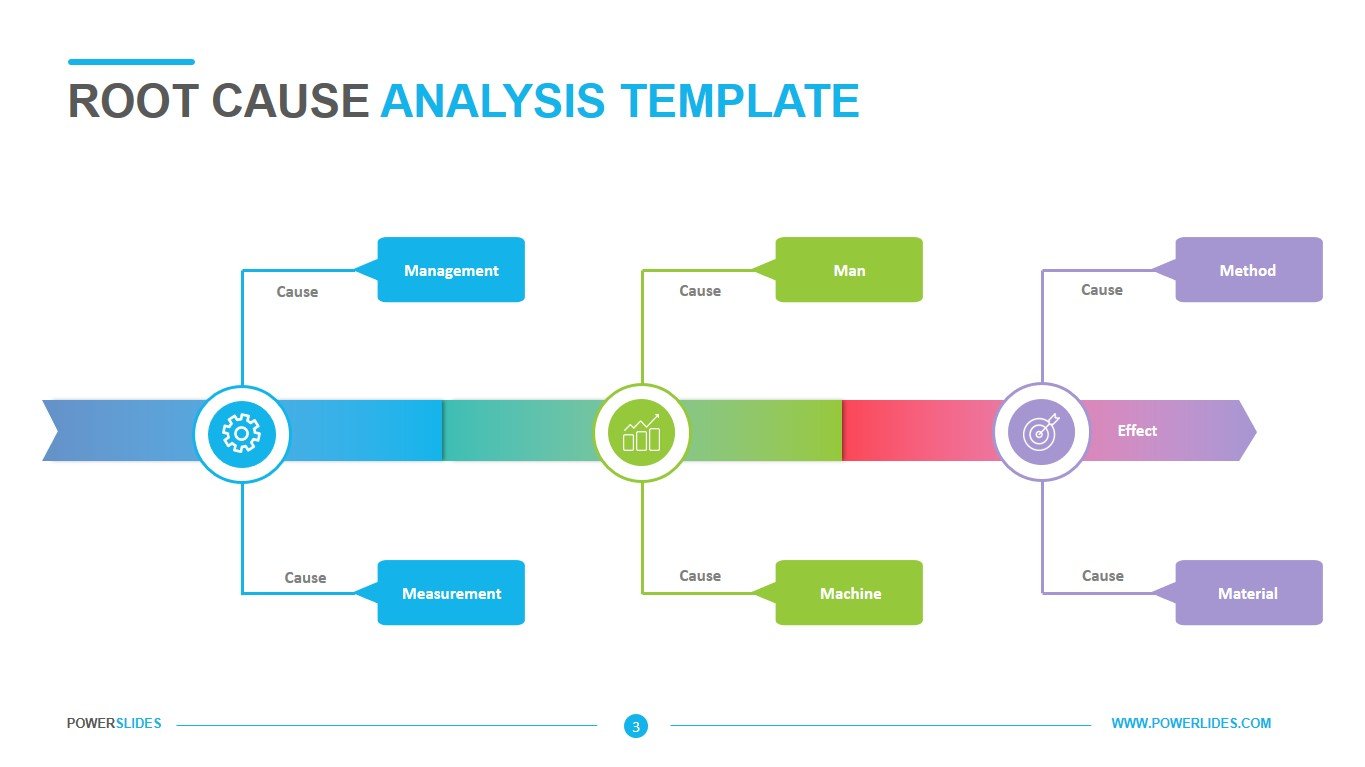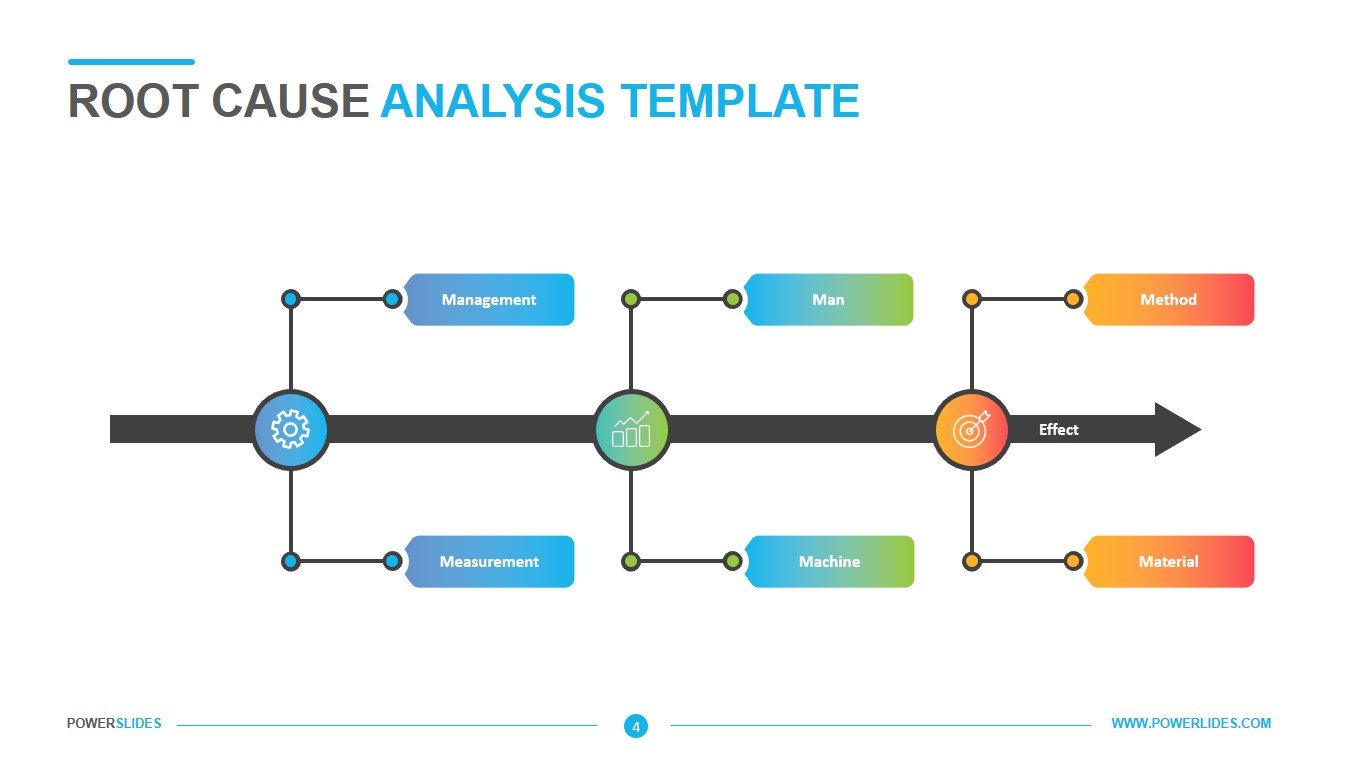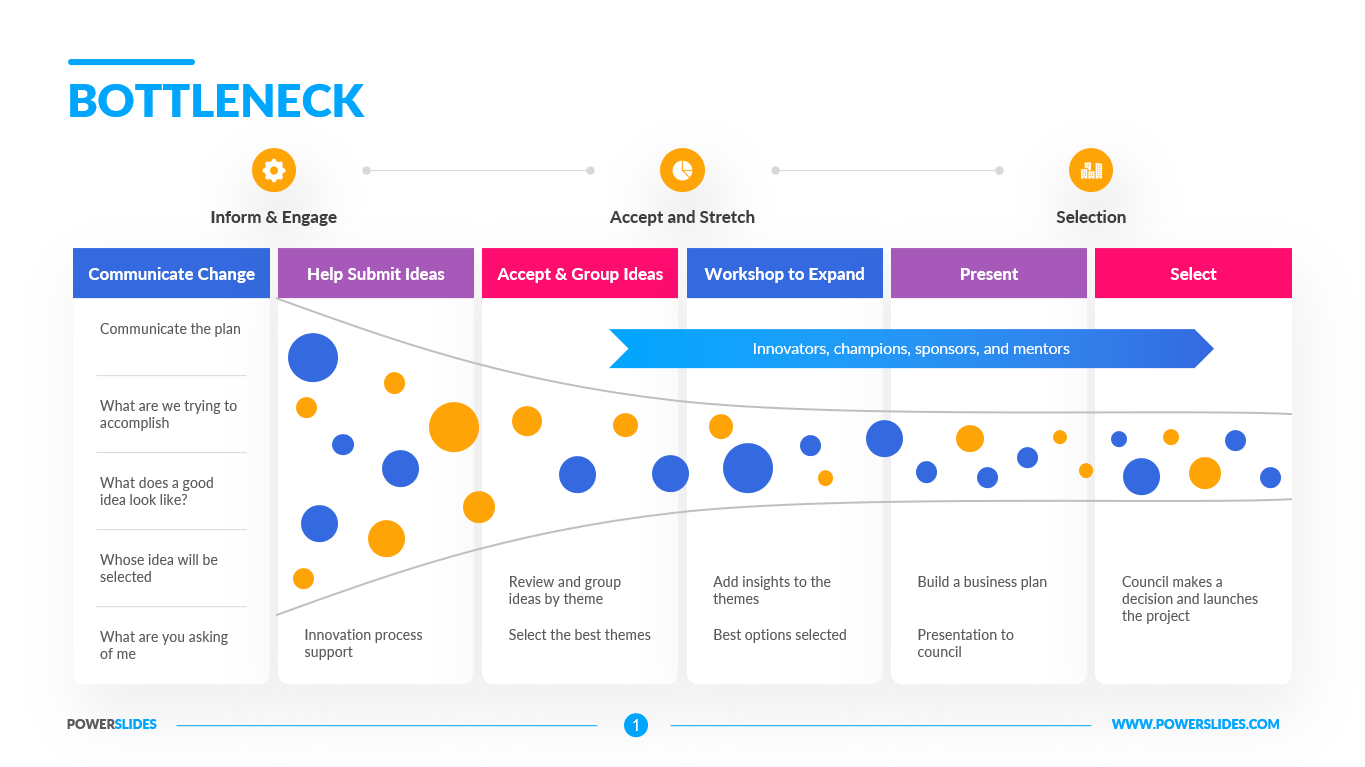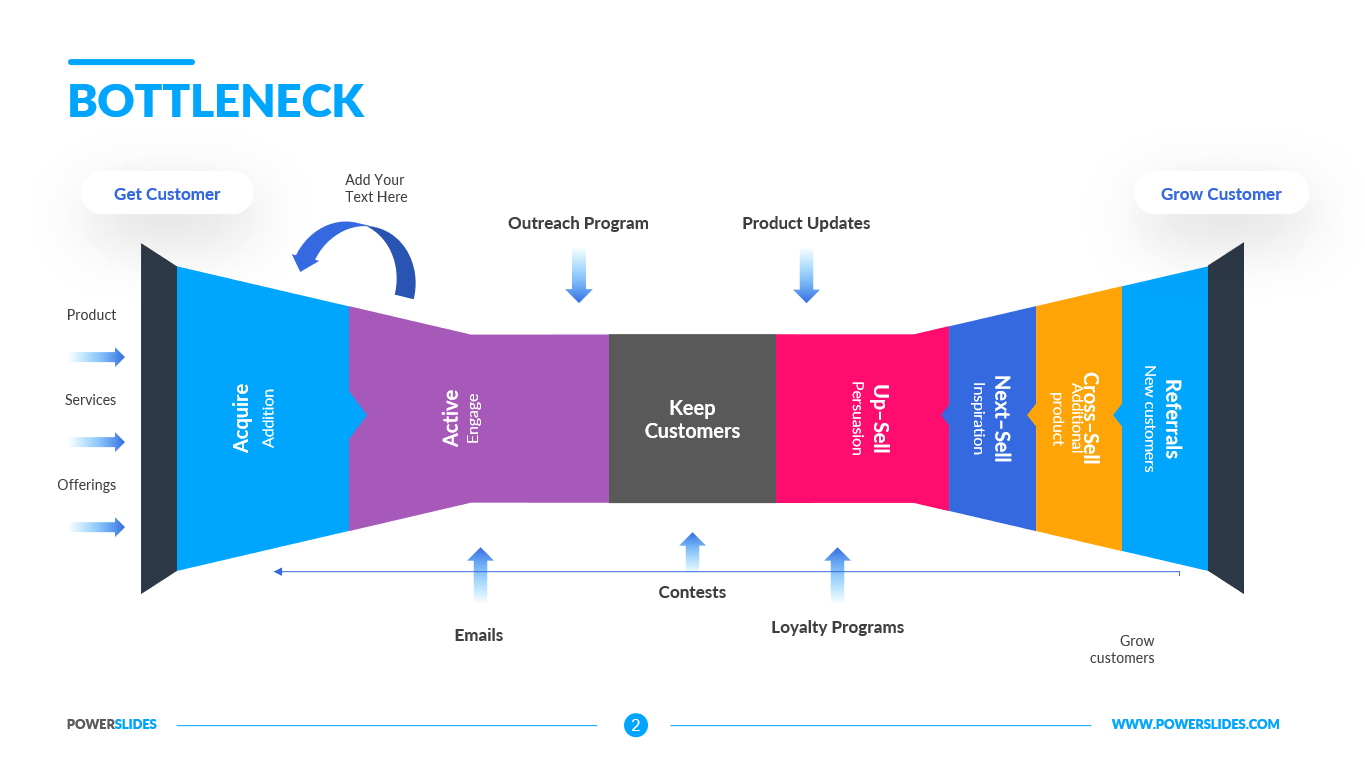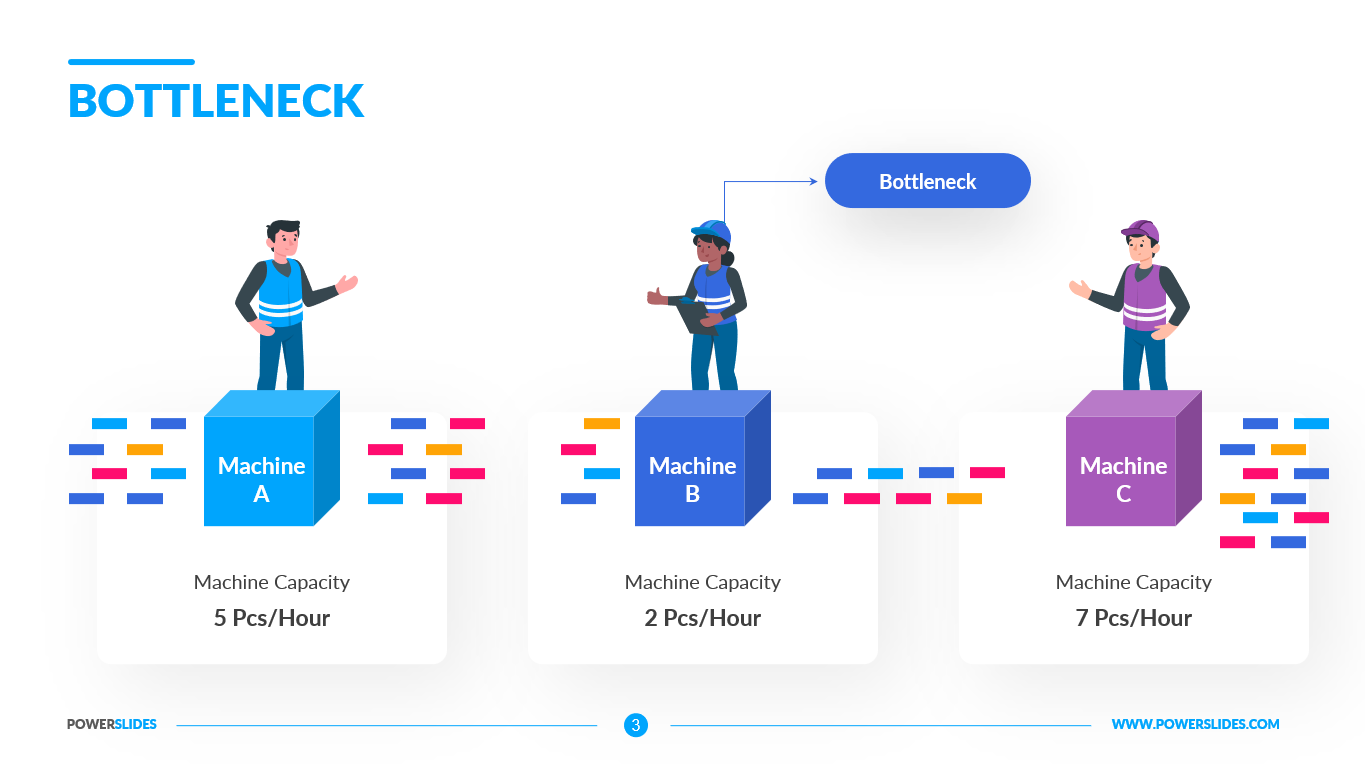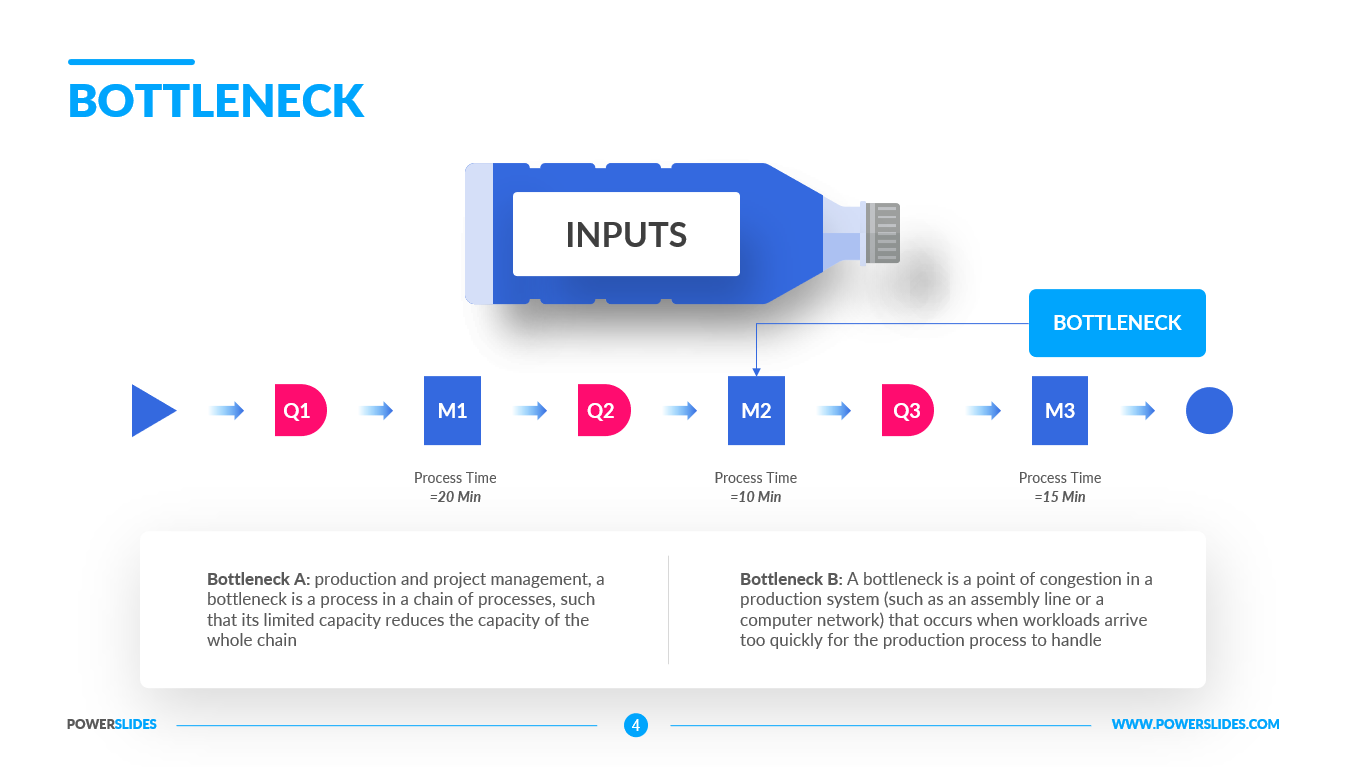Data Gap Analysis
 6 Slides
6 Slides
 File size: 16:9
File size: 16:9 
 Fonts: Lato Black, Calibri
Fonts: Lato Black, Calibri
 Supported version
PPT 2010, PPT 2013, PPT 2016
Supported version
PPT 2010, PPT 2013, PPT 2016
Product details
A gap analysis is the process companies use to compare their current performance with their desired, expected performance. This analysis is used to determine whether a company is meeting expectations and using its resources effectively. By defining and analyzing these gaps, the management team can create an action plan to move the organization forward and fill in the performance gaps.
When organizations are not making the best use of their resources, capital, and technology, they may not be able to reach their full potential.
A gap analysis, which is also referred to as a needs analysis, is important for any type of organizational performance. It allows companies to determine where they are today and where they want to be in the future. Companies can reexamine their goals through a gap analysis to figure out whether they are on the right track to accomplishing them.
There are four steps in a gap analysis, ending in a compilation report that identifies areas of improvement and outlines an action plan to achieve increased company performance.
The first step is to accurately outline and define the organizational goals or targets, all of which need to be specific, measurable, attainable, realistic, and timely. In the second step, historical data is used to measure the current performance of the organization as it relates to its outlined goals. The third step is to analyze collected data that seeks to understand why the measured performance is below the desired levels. The fourth and final step is to compile a report based on the quantitative data collected and the qualitative reasons why the data is below the benchmark. The action items that are needed to achieve the organization’s goals are identified in the report.
Gap analysis can be used by organizations of varying degrees, from large corporations to small businesses. There is no limit to which areas can benefit from using this strategy. These areas include the following – Sales, Quality control, Financial performance, Human resources, Employee satisfaction.
Gap analysis is also a method of asset-liability management that can be used to assess interest rate risk or liquidity risk, excluding credit risk. It is a simple measurement method that conveys the difference between rate-sensitive assets and rate-sensitive liabilities over a given period of time.
This template will be useful for company leaders when preparing a company’s development strategy. You can describe in detail the strengths and weaknesses of the company and the measures needed to improve the financial performance of the company.
Crisis managers and business analysts can also use this template. You can prepare a detailed report on the state of the company’s business processes using the slides of this template.
Data Gap Analysis is a professional and modern template that contains six stylish and fully editable slides. You can independently change the type and size of the font, color and position of the infographic. This template will be useful for startups, company executives, business analysts and financiers. Data Gap Analysis Template will complement your old presentations and will be a worthy addition to your collection of professional presentations.





